What’s become of Otl Aicher’s former abode? A visit to the Allgäu.
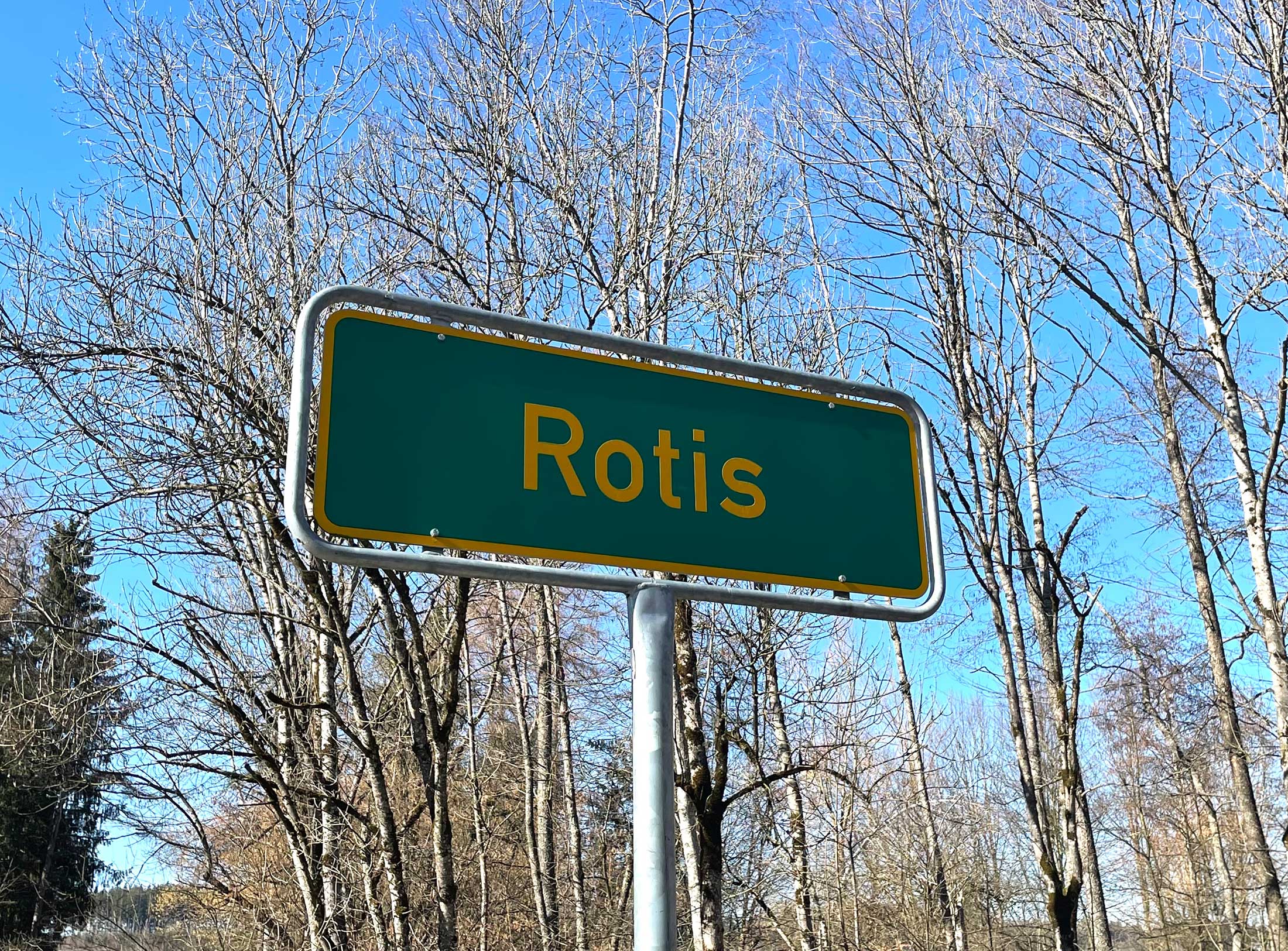

What’s become of Otl Aicher’s former abode? A visit to the Allgäu.
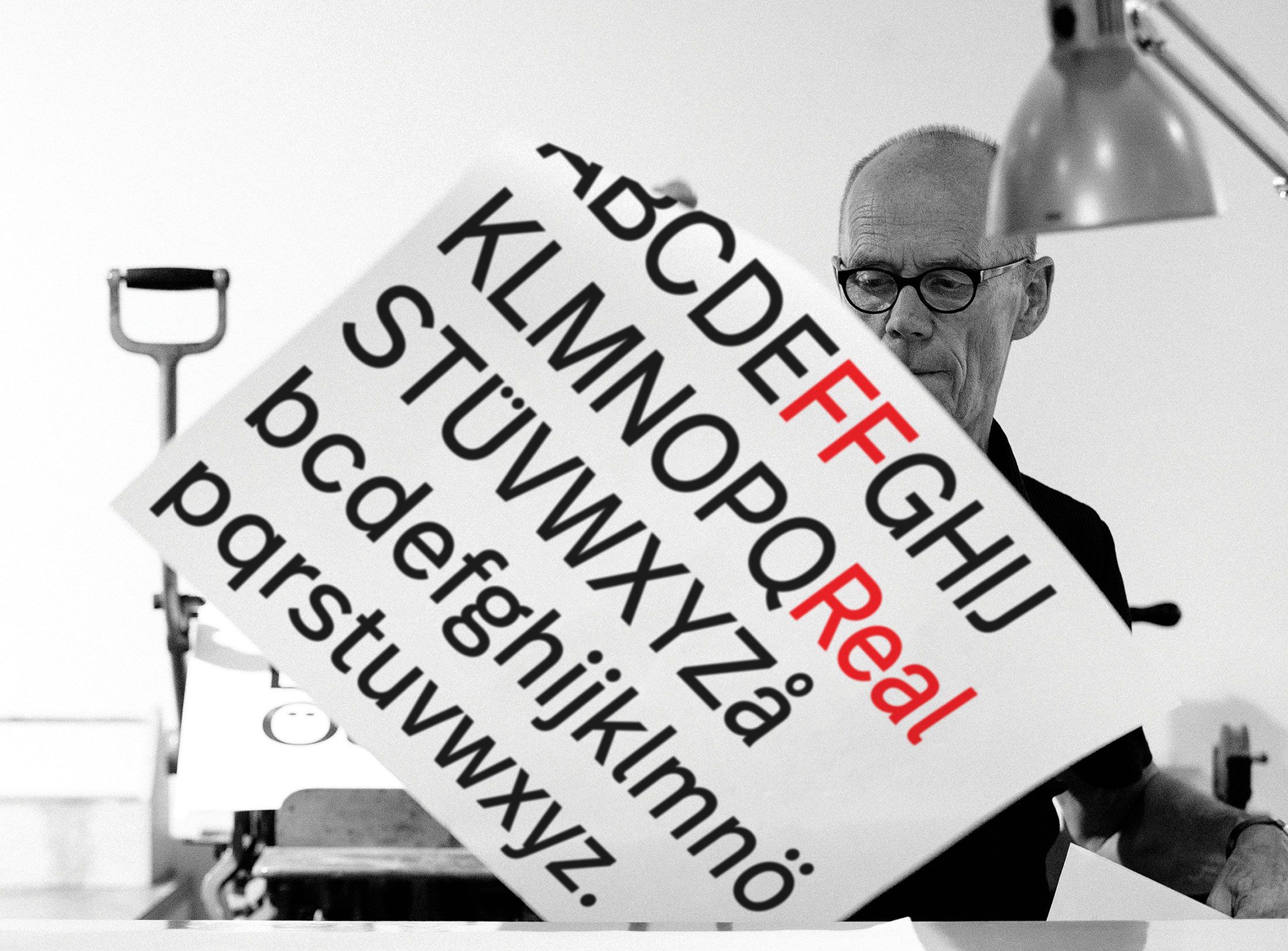
Interviewed: Erik Spiekermann, type designer, author and Aicher critic.
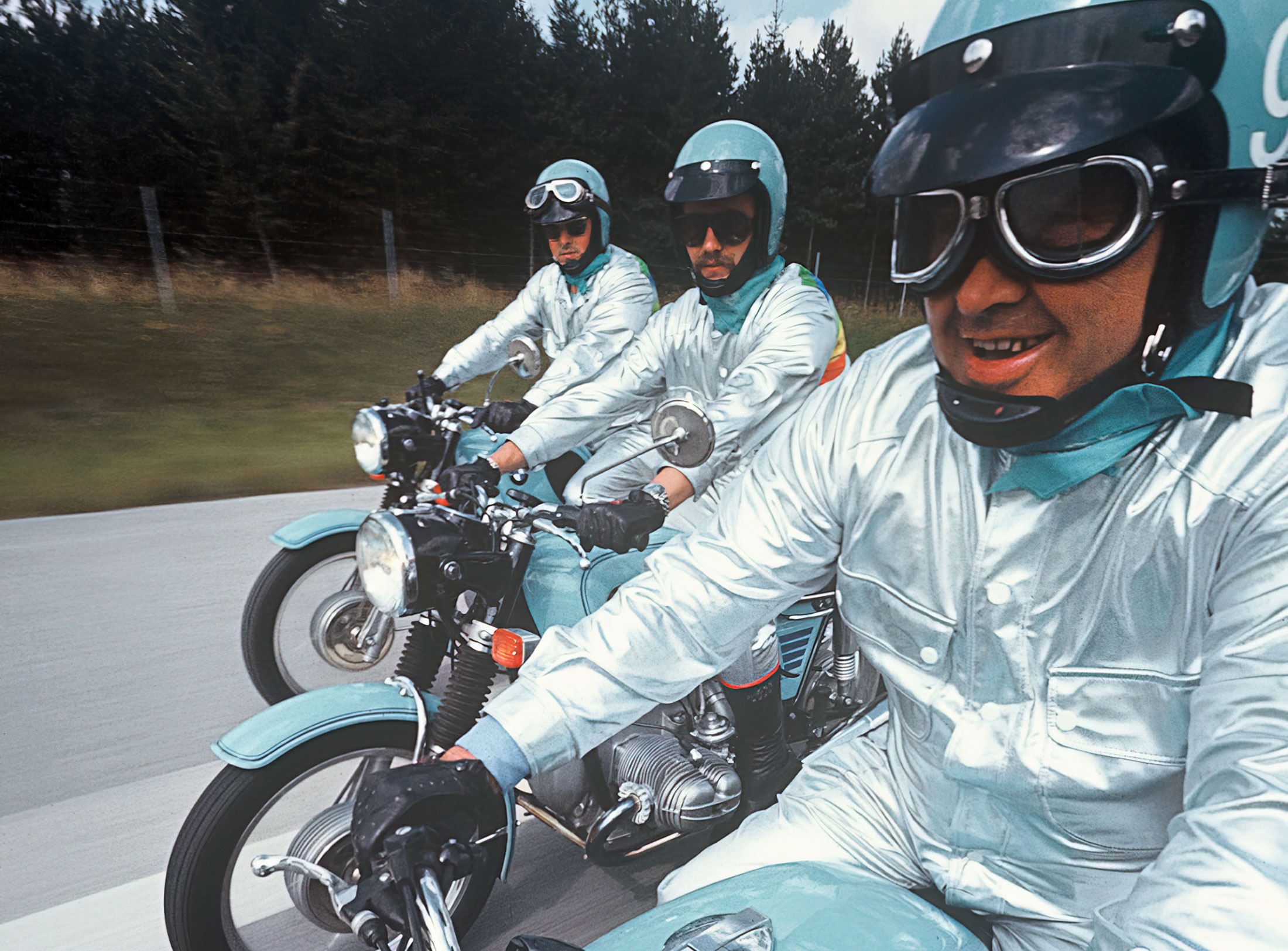
Technology: a central notion and fixed point of perspective in the work of Otl Aicher.
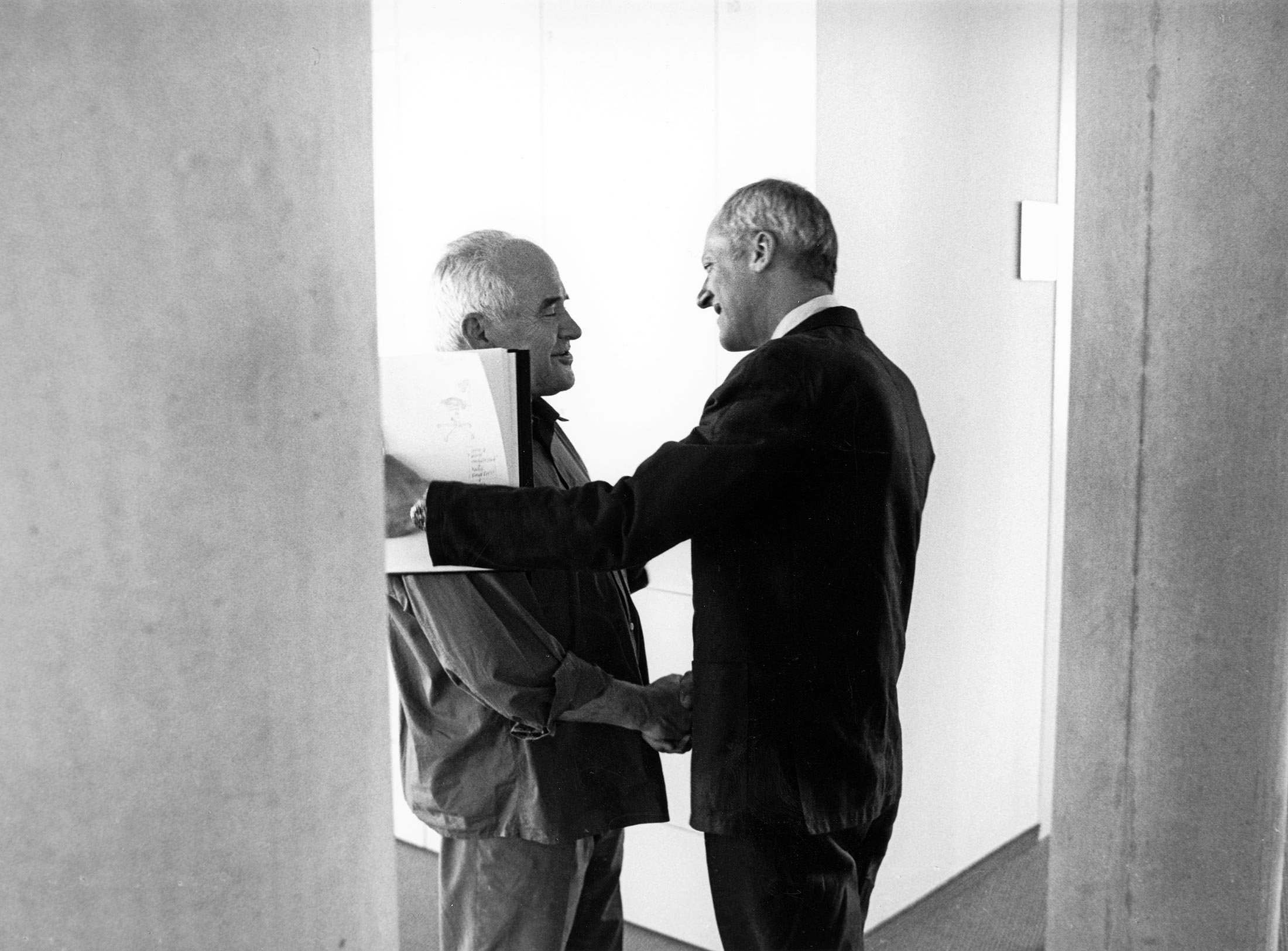
The British architect Norman Foster on his friendship with Otl Aicher: He had absolute integrity.
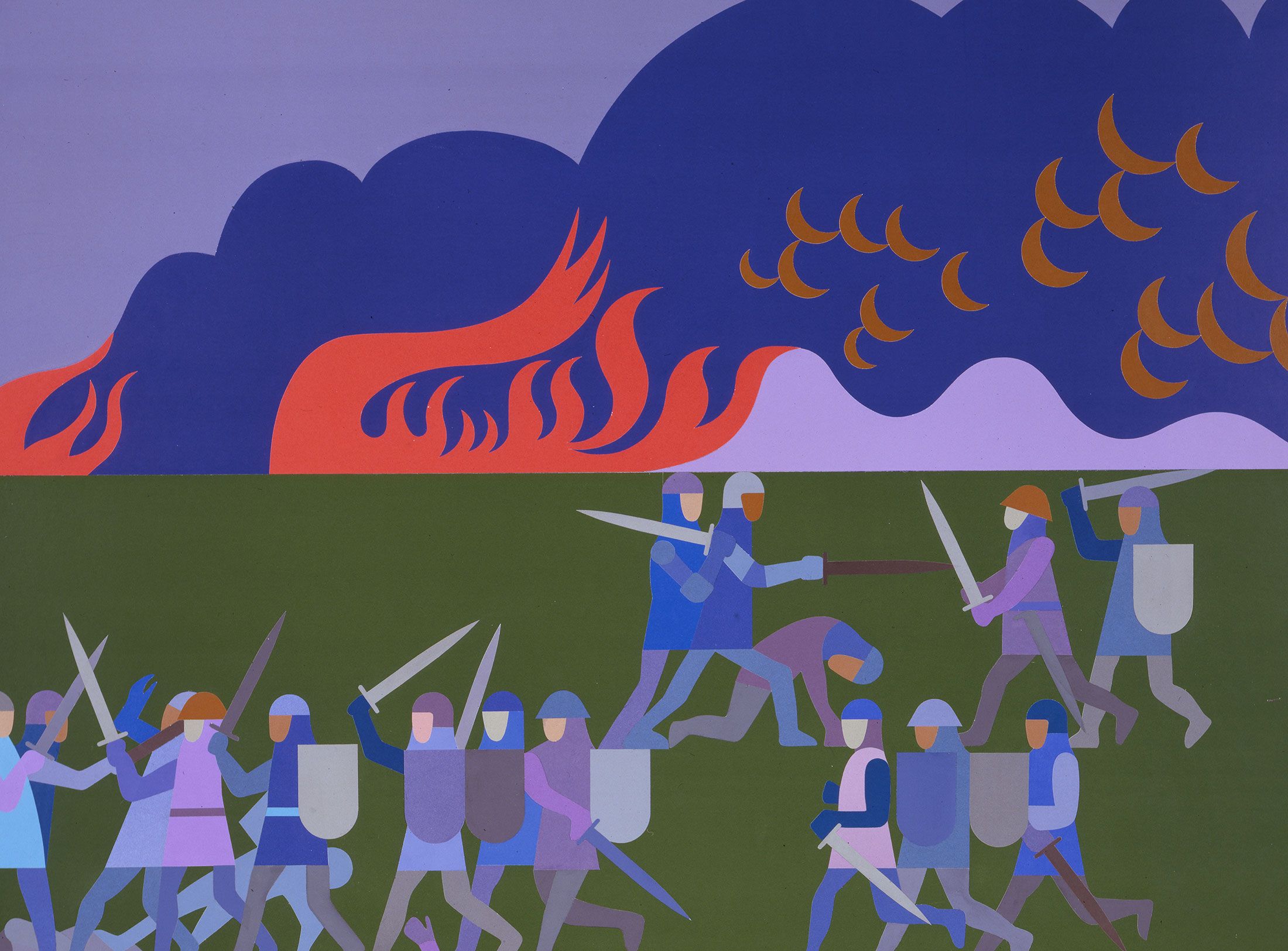
Thoughts on the colour palettes of Otl Aicher.
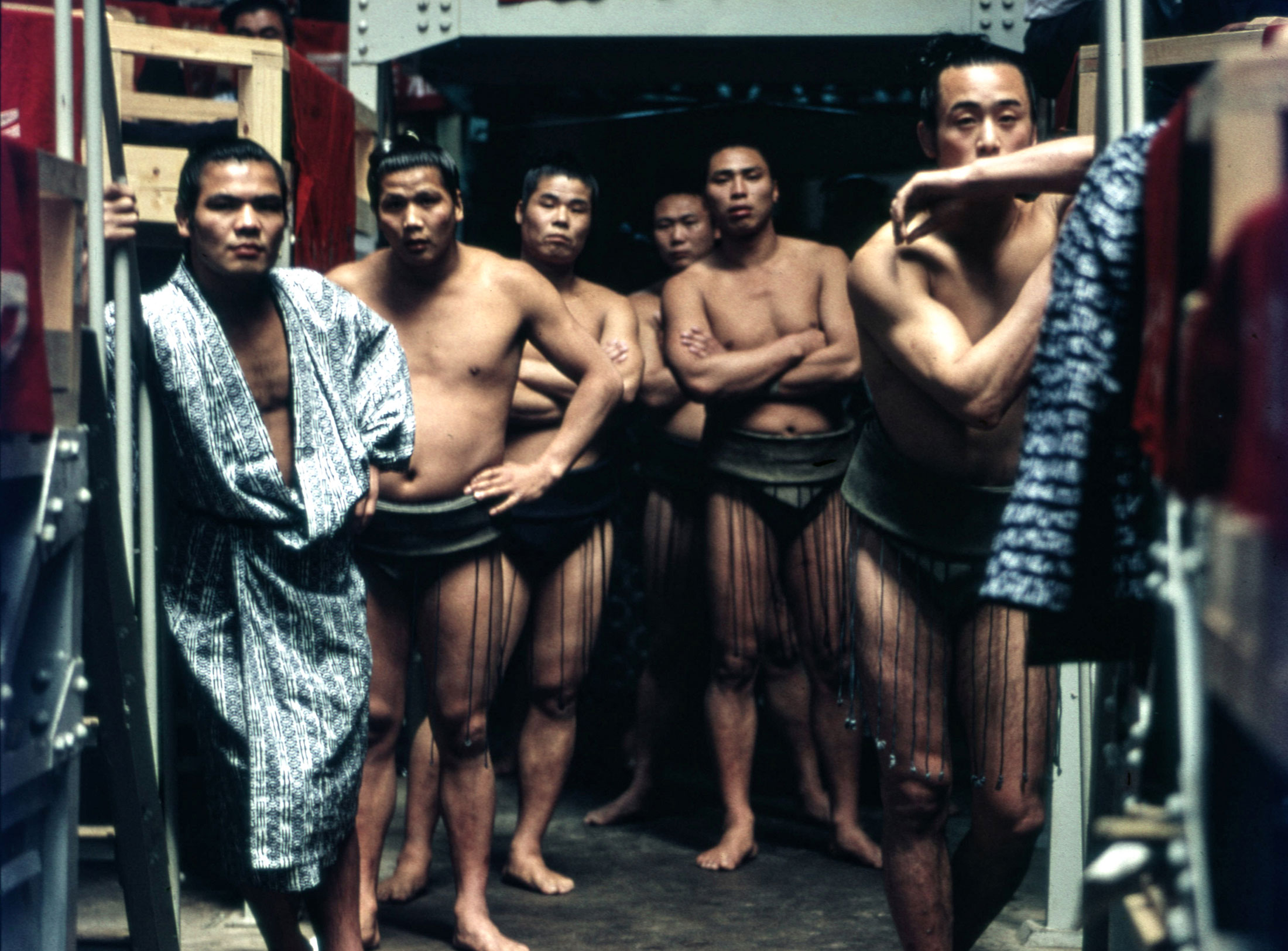
Absolute sharpness, reduction and strict rules determine the character of his pictures: Otl Aicher as photographer.

Under Otl Aicher’s direction, designers, architects and landscape planners shaped the face of the Olympic Games 1972.
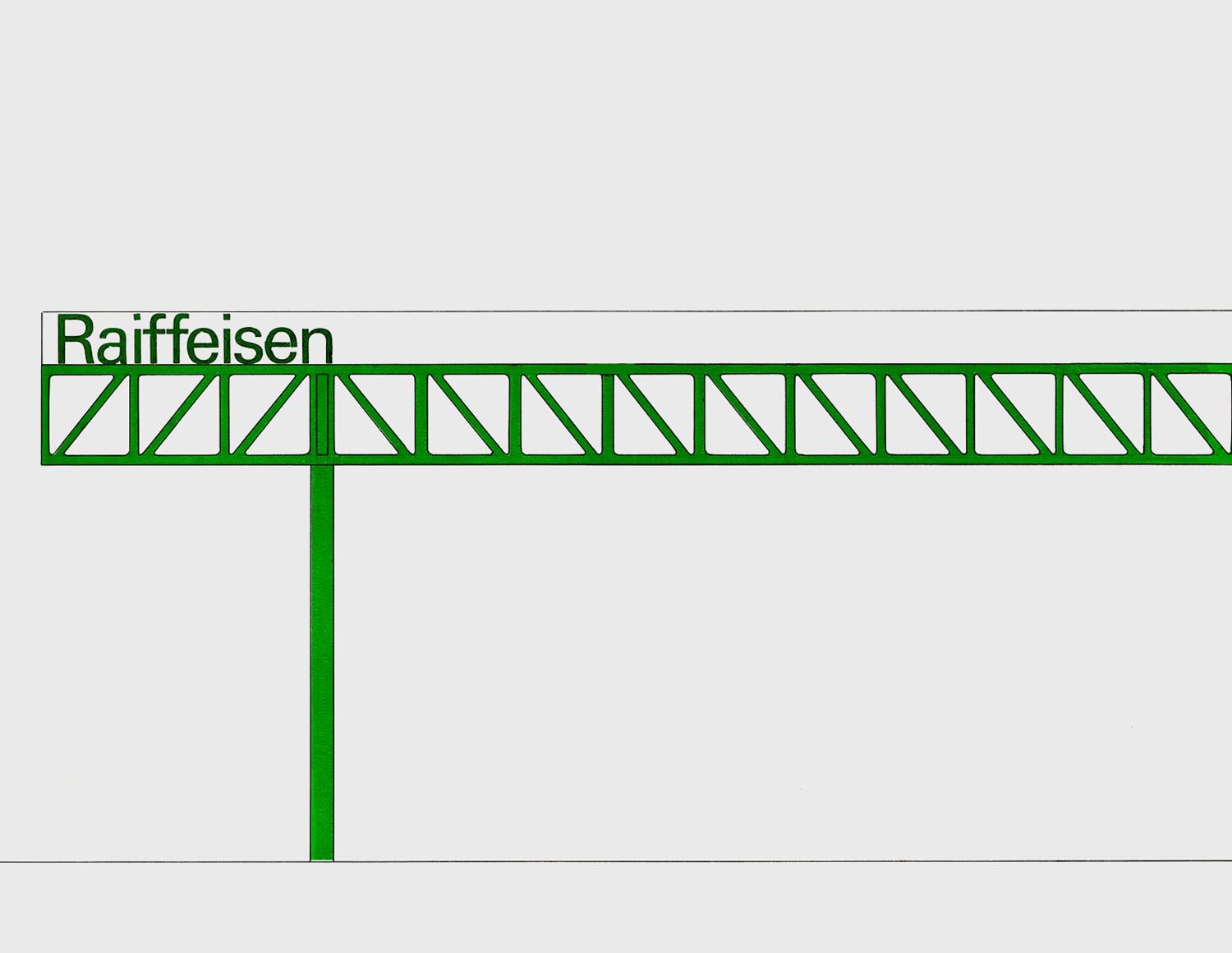
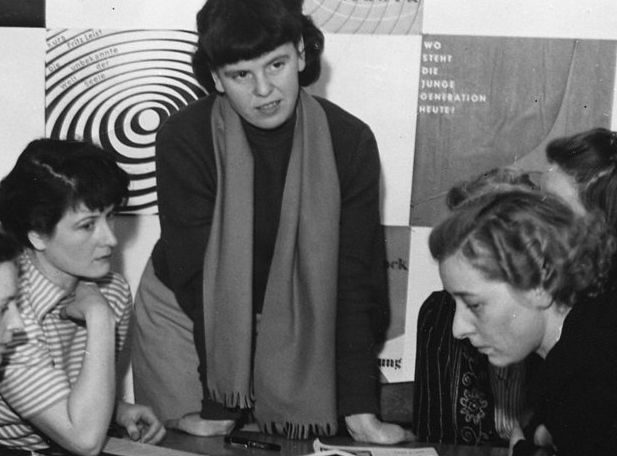
Inge Aicher-Scholl preserved the legacy of the White Rose.
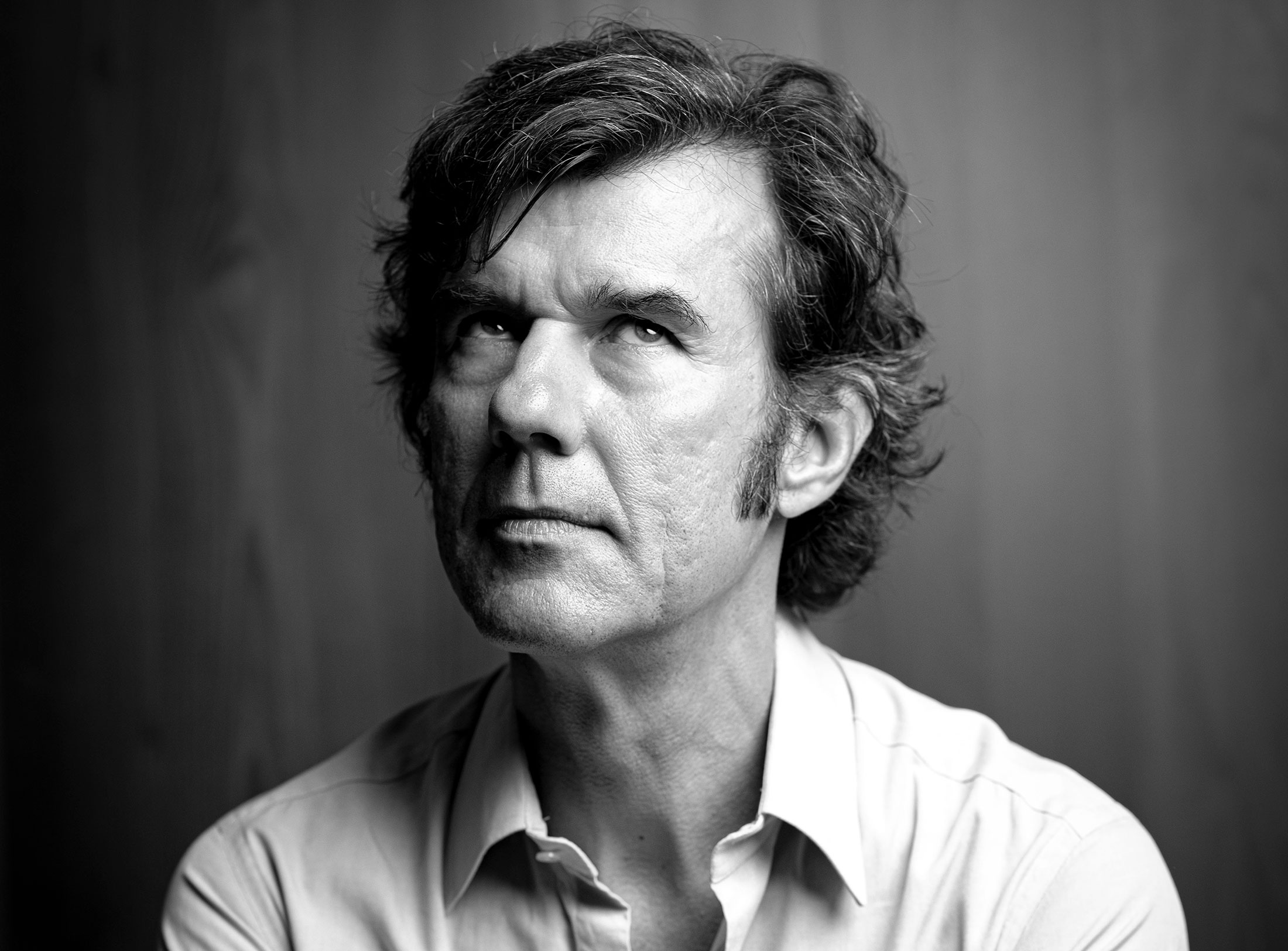
An interview with design icon Stefan Sagmeister about typefaces, beauty and the legacy of Otl Aicher.
The International Design Center Berlin (IDZ) invites you to a slide show and panel talk at Architektur Galerie Berlin on 20 October. Karsten de Riese and Prof. Michael Klar will report on a photo reportage commissioned by BMW that took them to Tunisia in 1975 together...
On the occasion of the 50th anniversary of the 1972 Olympic Games, the IDZ invites you to a discussion on the vision of the Munich Games and the status quo as well as the future of the Olympic movement on 26 August. The event at Berlin’s Akademie der Künste on Pariser...
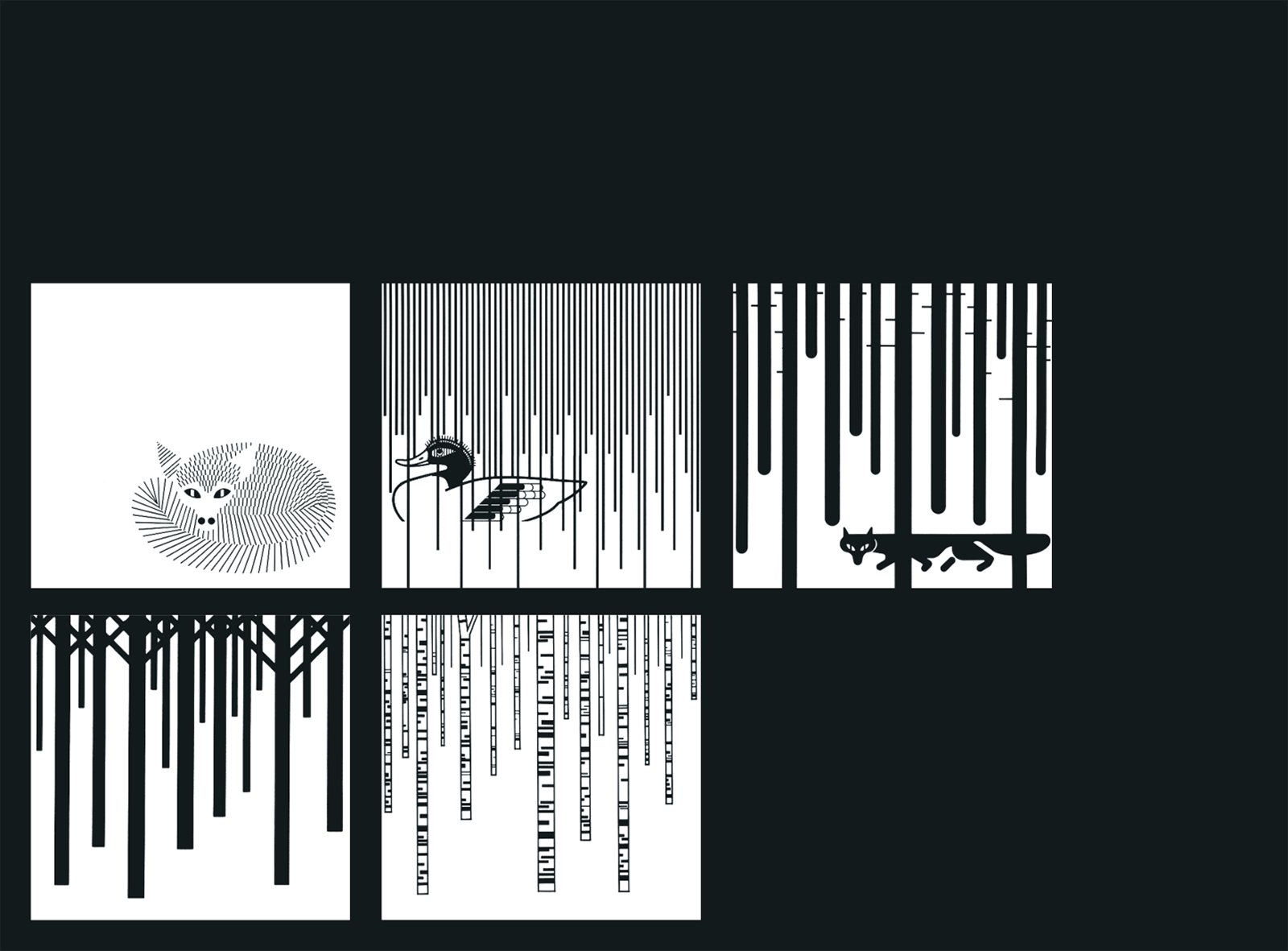
Isny im Allgäu owes Otl Aicher a corporate design that is concise, bold and singular.
With a retrospective of Otl Aicher’s book “kritik am auto – schwierige verteidigung des autos gegen seine anbeter” (Criticism of the Car – Difficult Defence of the Car against its Worshippers) published in 1984, the IDZ continues its series of events on the “otl...
Today marks the centenary of Otl Aicher’s birth. The International Design Center Berlin (IDZ) is taking this date as an opportunity to pay tribute to this great designer. With otlaicher100.de, a new online platform is being launched – a curated space that provides...
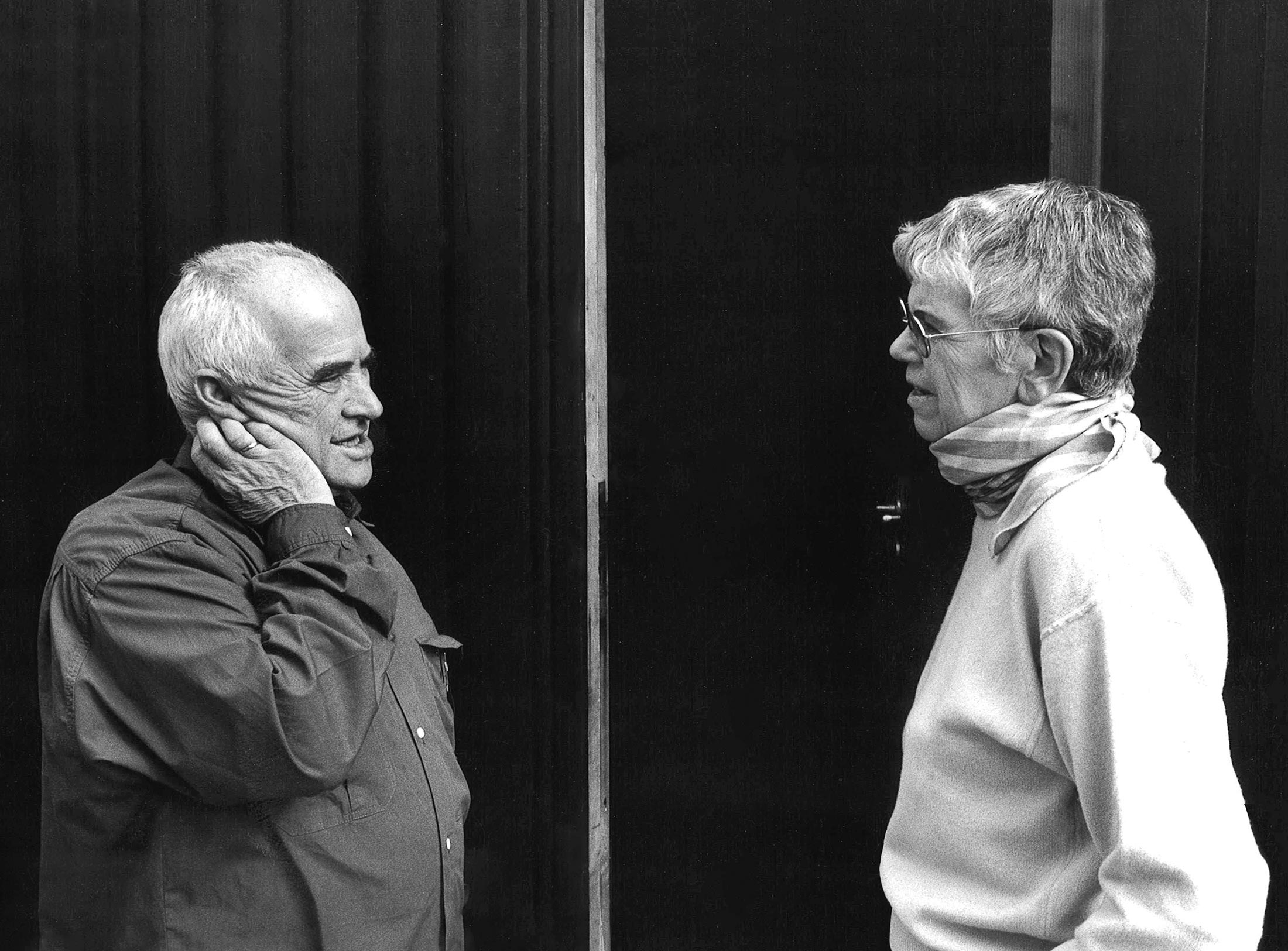
Reflections on Inge Aicher-Scholl and Otl Aicher.
The International Design Center Berlin (IDZ) is taking Otl Aicher’s centenary as an opportunity to pay tribute to this great designer and to make his work visible. An online platform and a series of events will address Otl Aicher’s multifaceted cosmos of topics and...
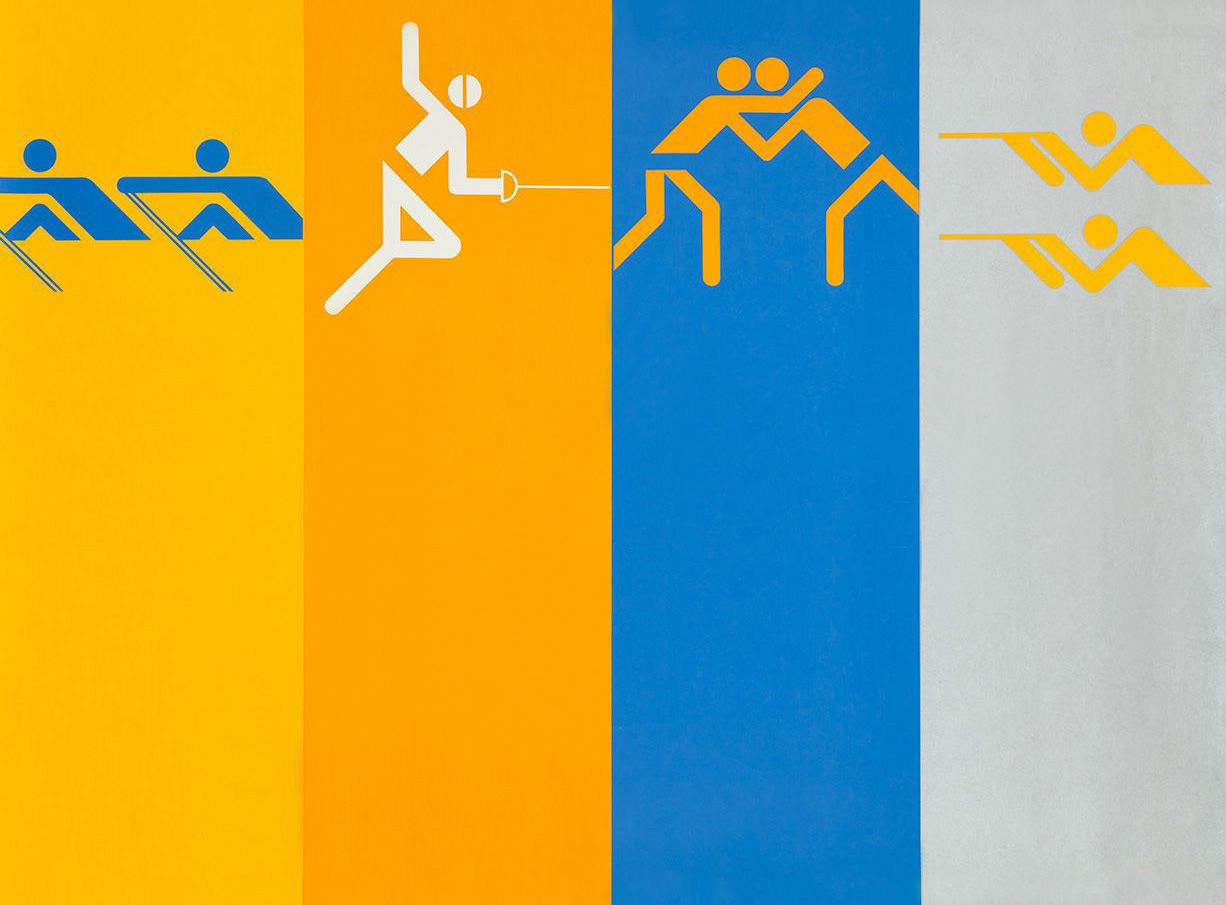
Eine Stadt leuchtet: Mit seinem farbenfrohen Erscheinungsbild der XX. Olympischen Sommerspiele 1972 setzte Otl Aicher ein Signal. Die junge Bundesrepublik war in der Moderne angekommen.
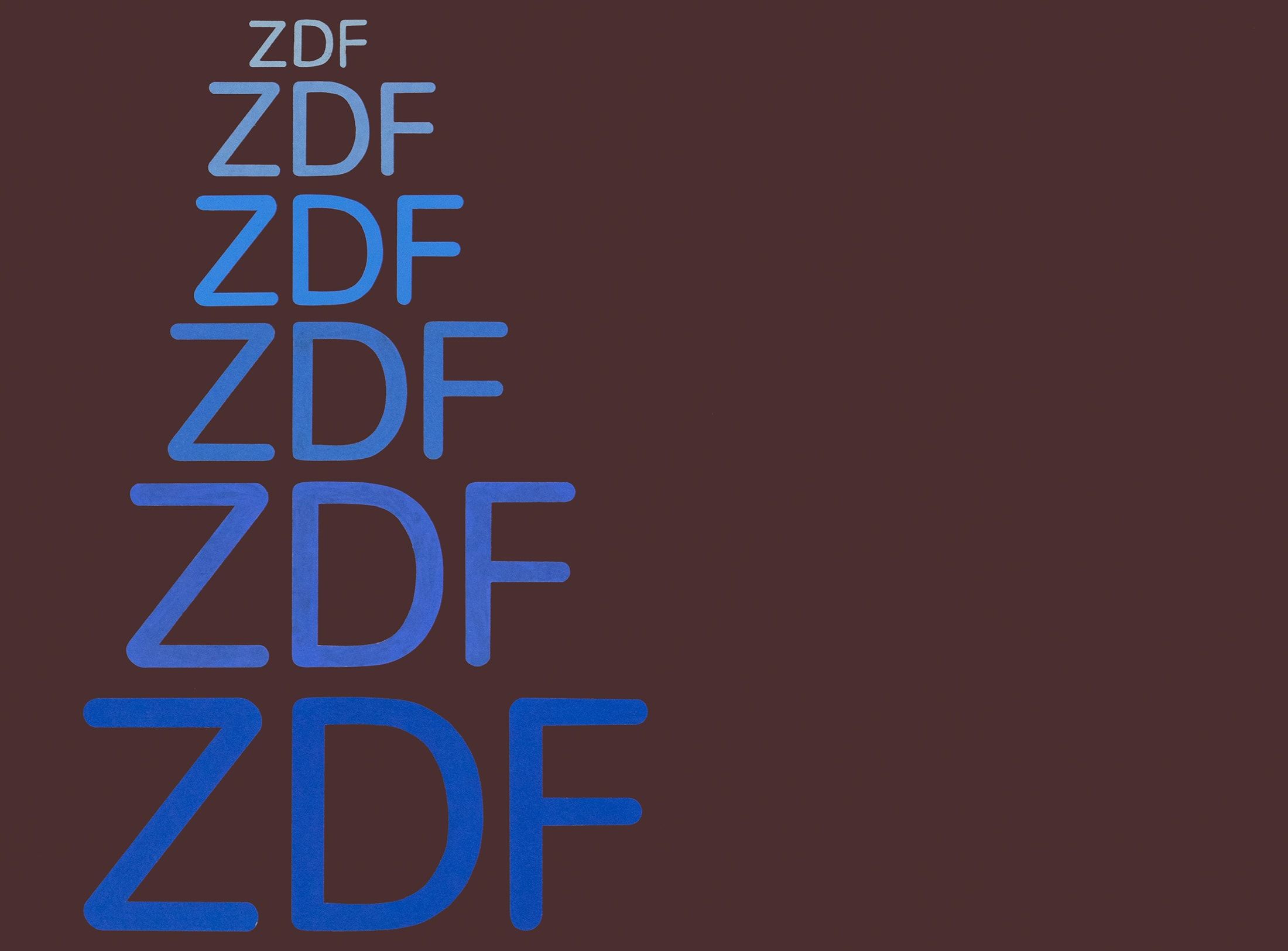
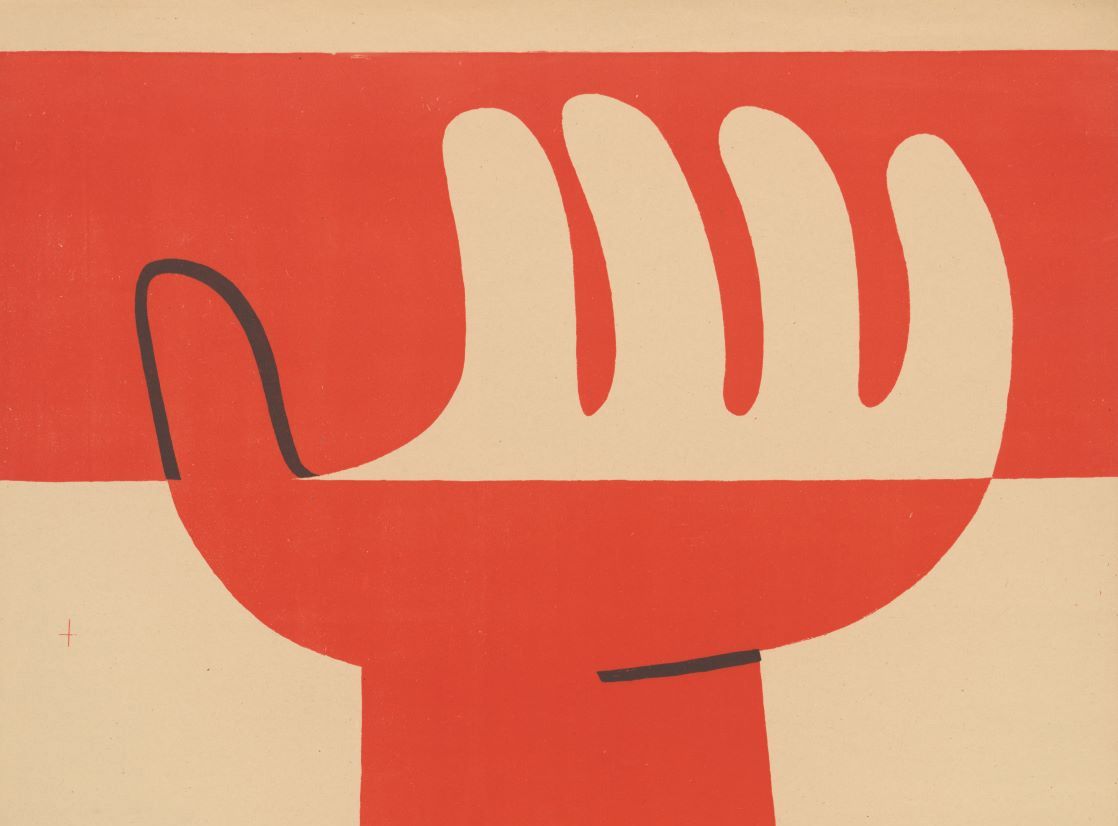
Otl Aicher’s Poster displays for the Ulmer Volkshochschule (Ulm Adult Education Centre).
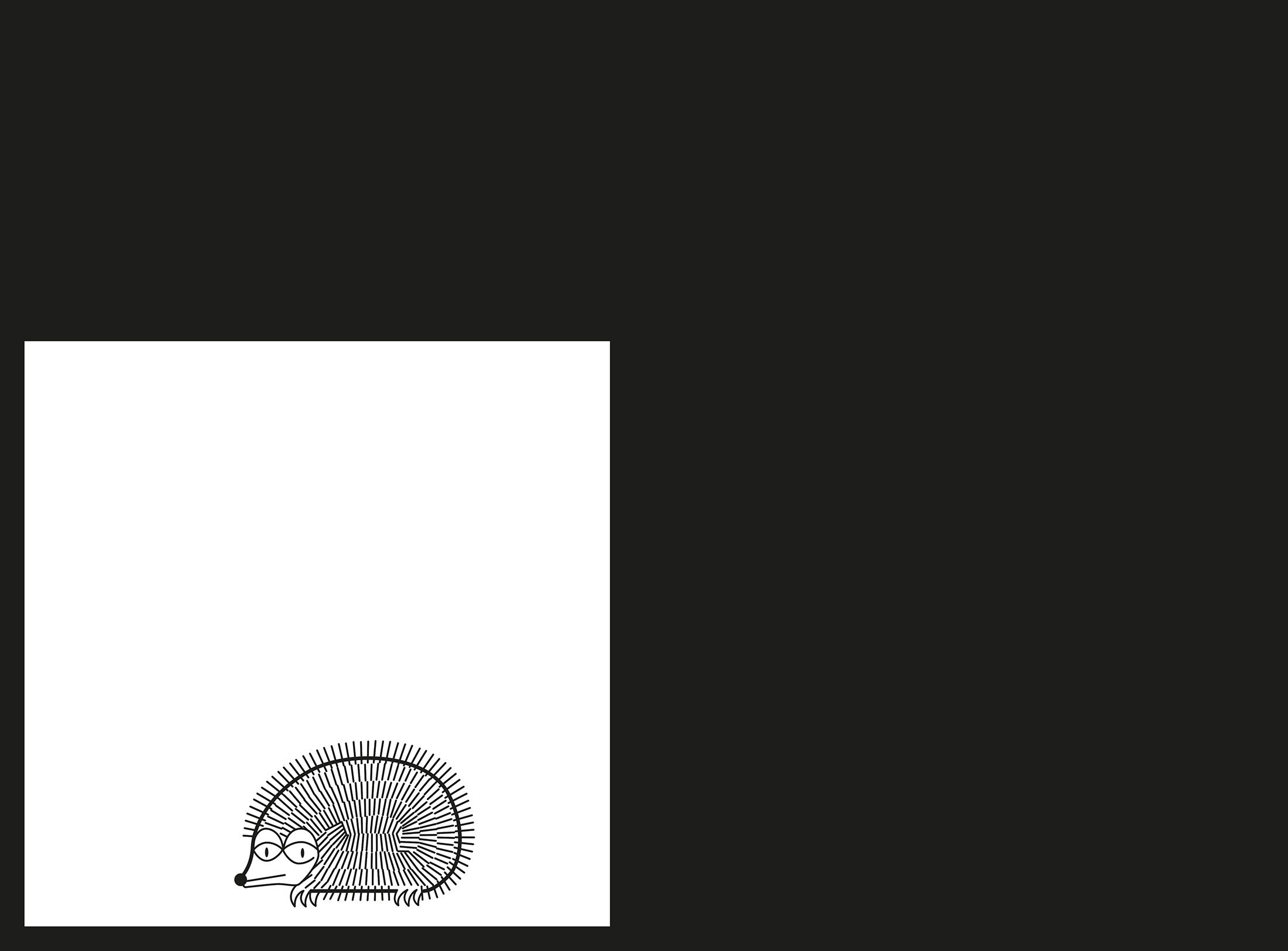
From O to R: Let’s talk about a hedgehog, standardisation and neurotis for a change (please click on the letters).
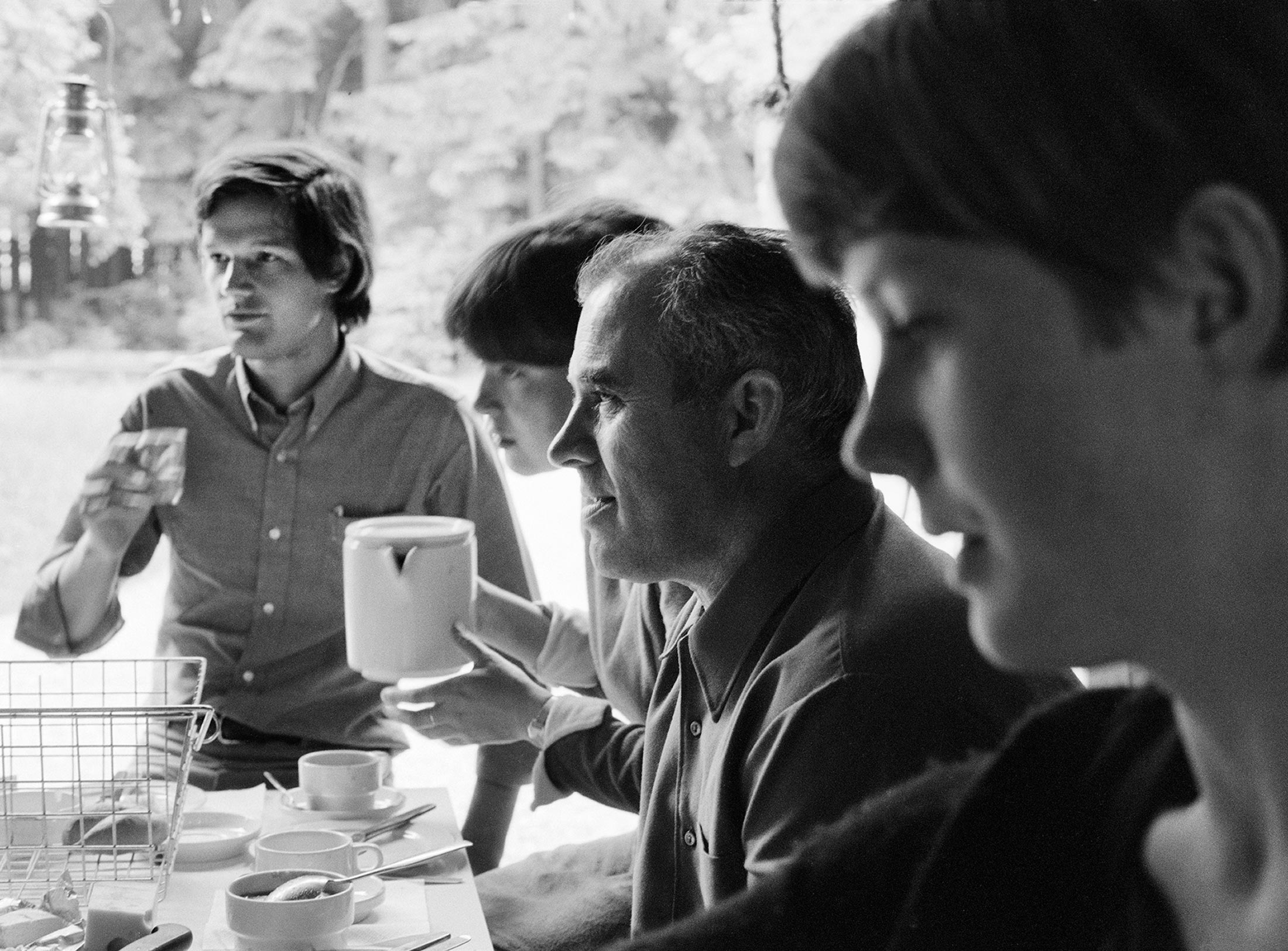
Otl Aicher’s Dept. XI team: the visual identity of the Munich ’72 Olympics was the work of graphic designers, illustrators and technical staff from all over the world.
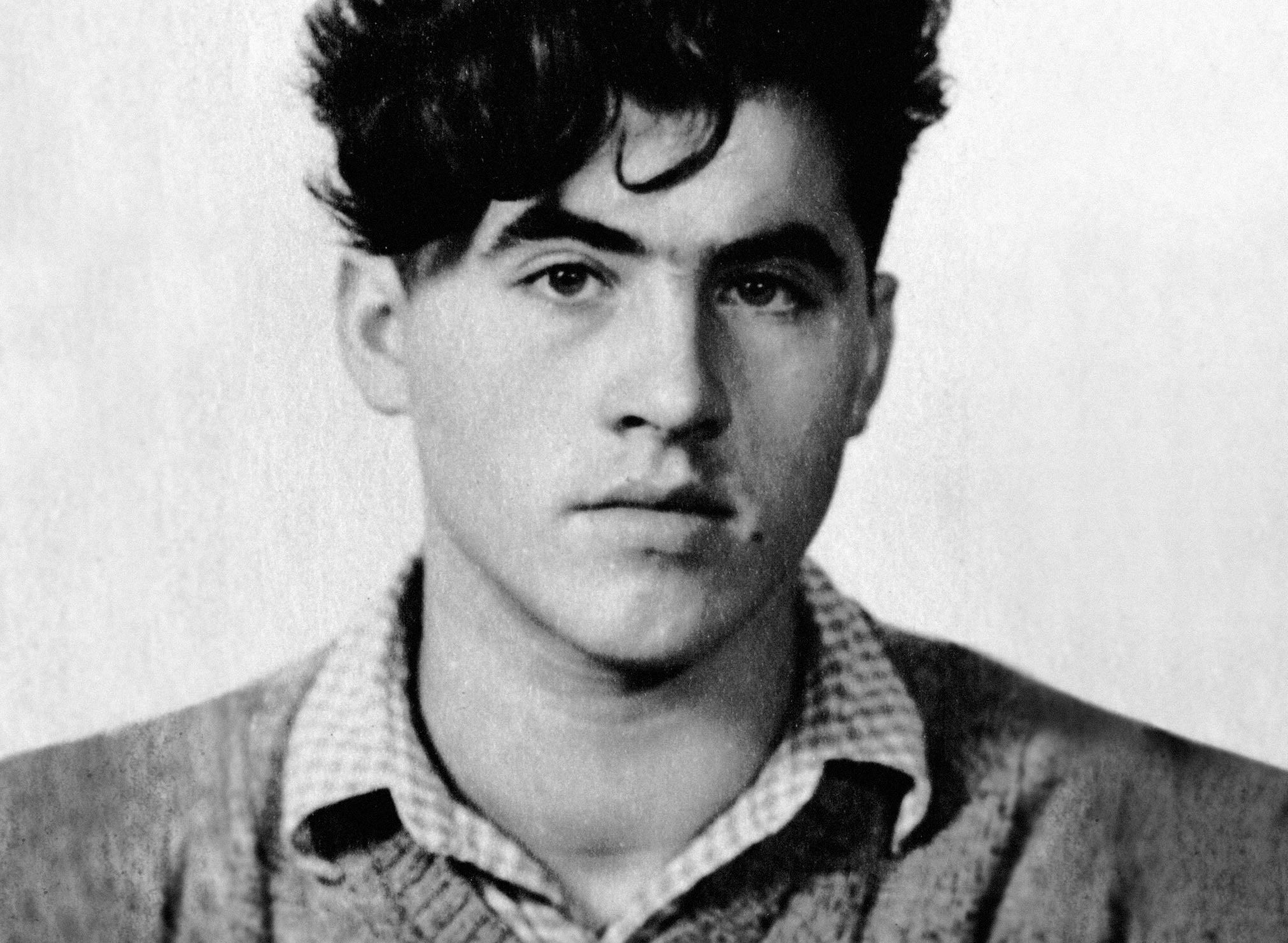
Aicher’s childhood and youth: the years 1922 to 1945.
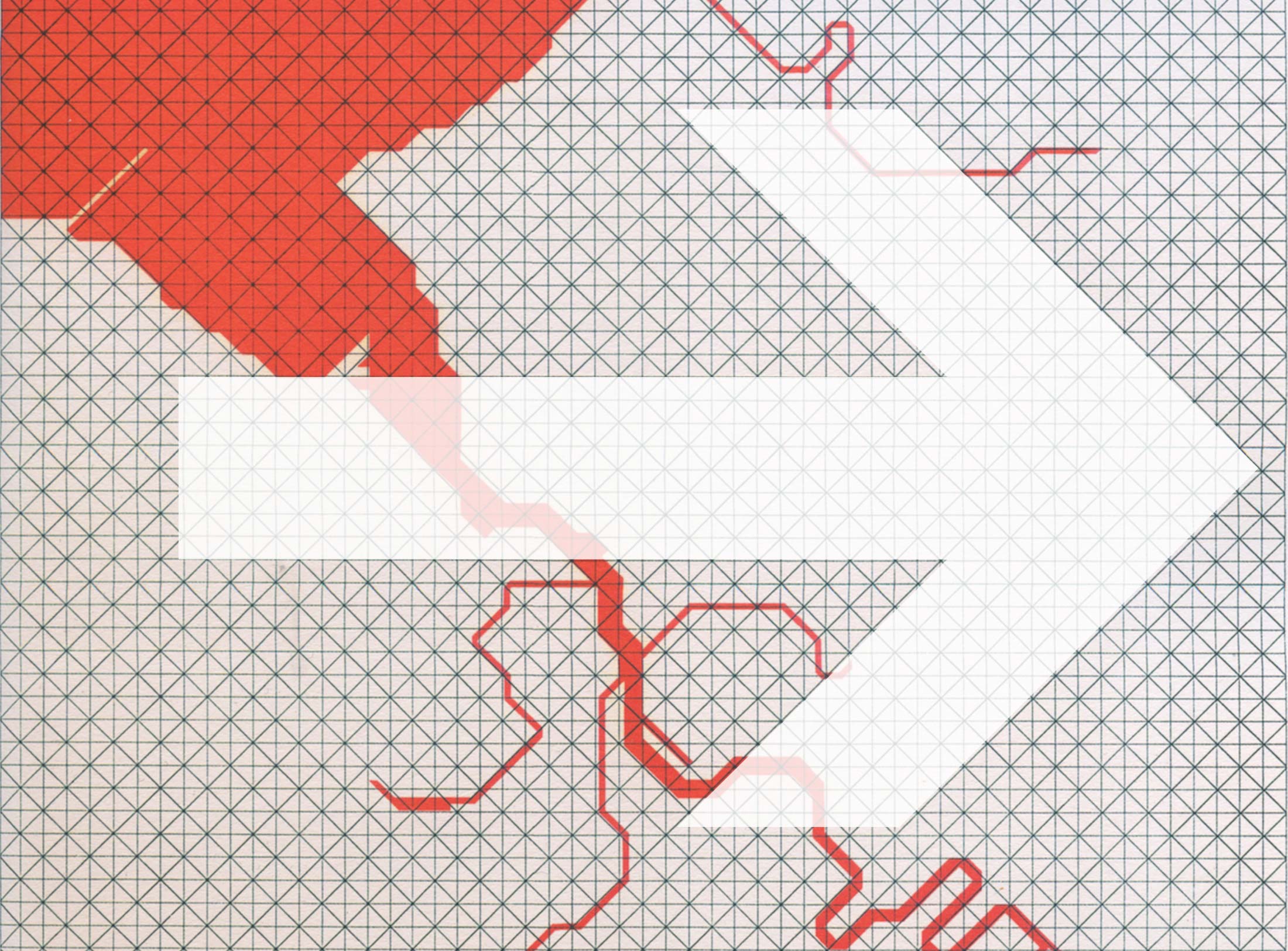
Otl Aicher’s signage systems for airports, metro stations and hospitals are considered exemplary to this day.
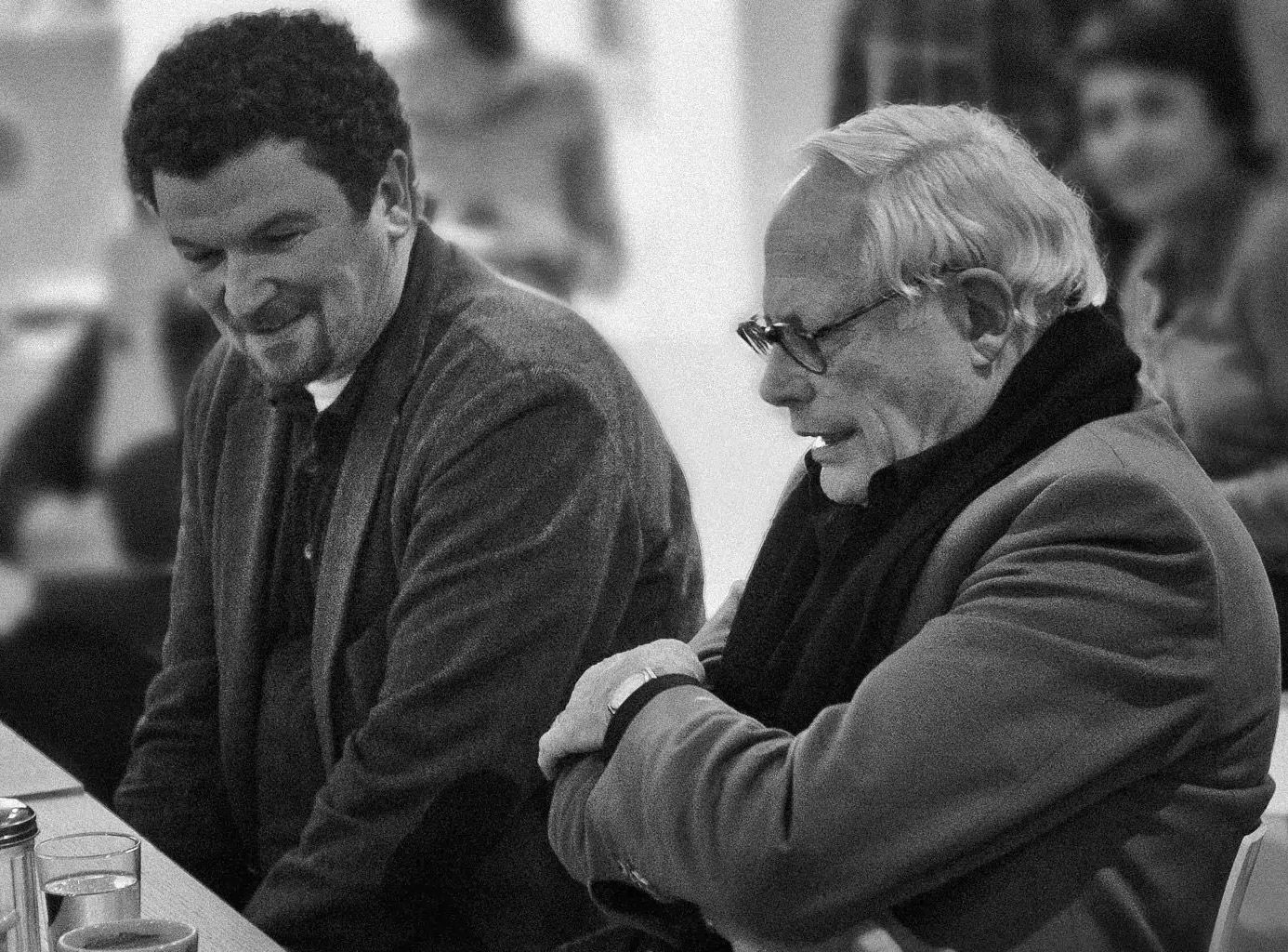
Der einstige Braun-Chef-Designer im Gespräch über den Co-Gründer der HfG.
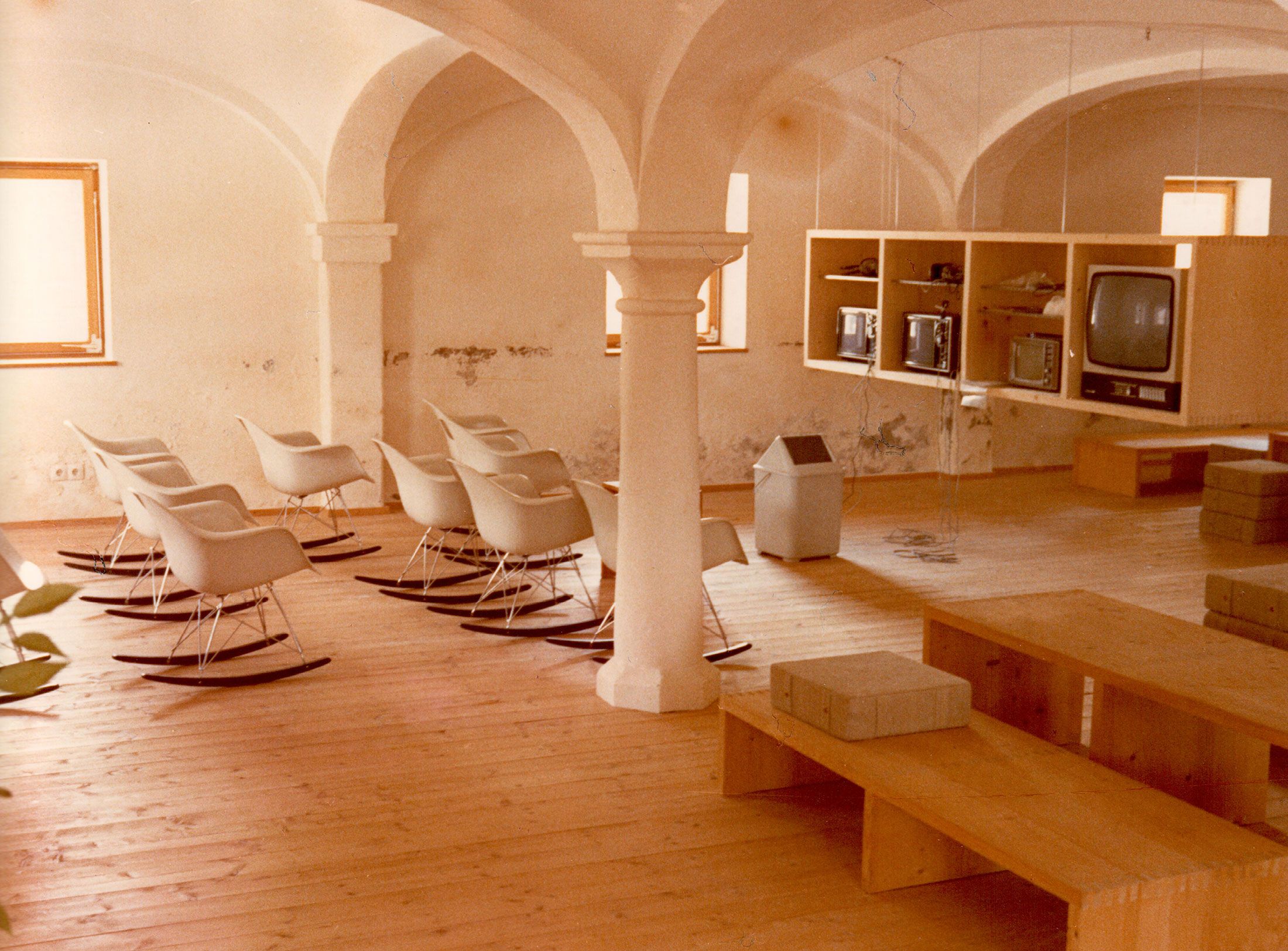
A Broadcast: What is his place in today’s world?
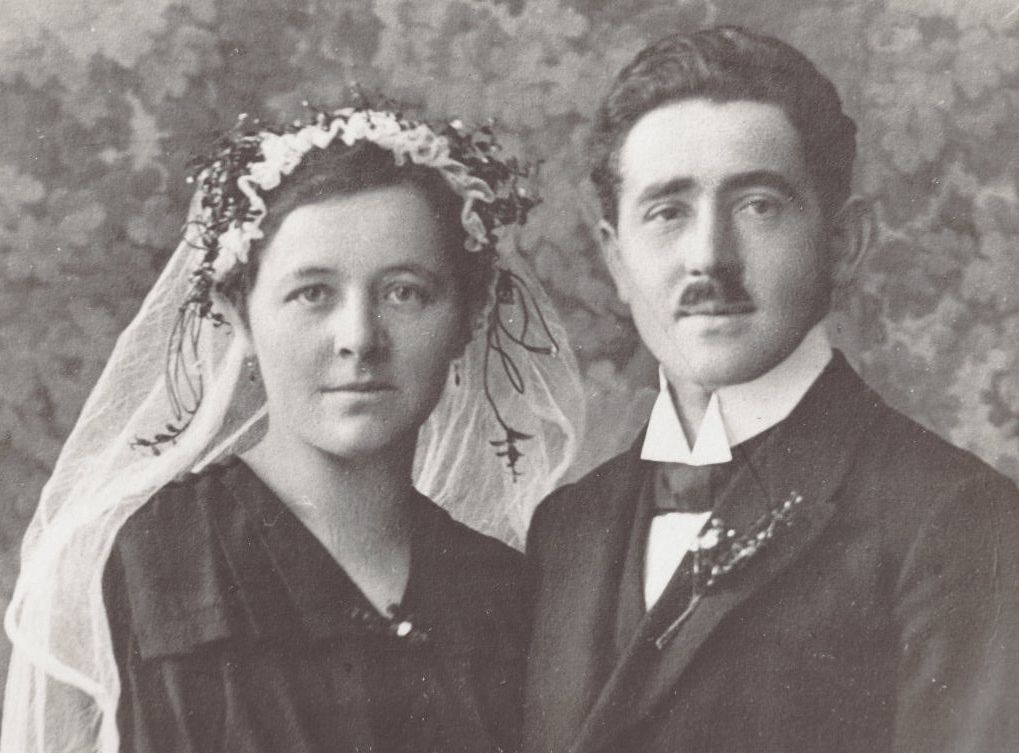
The Aichers: a brief family history.
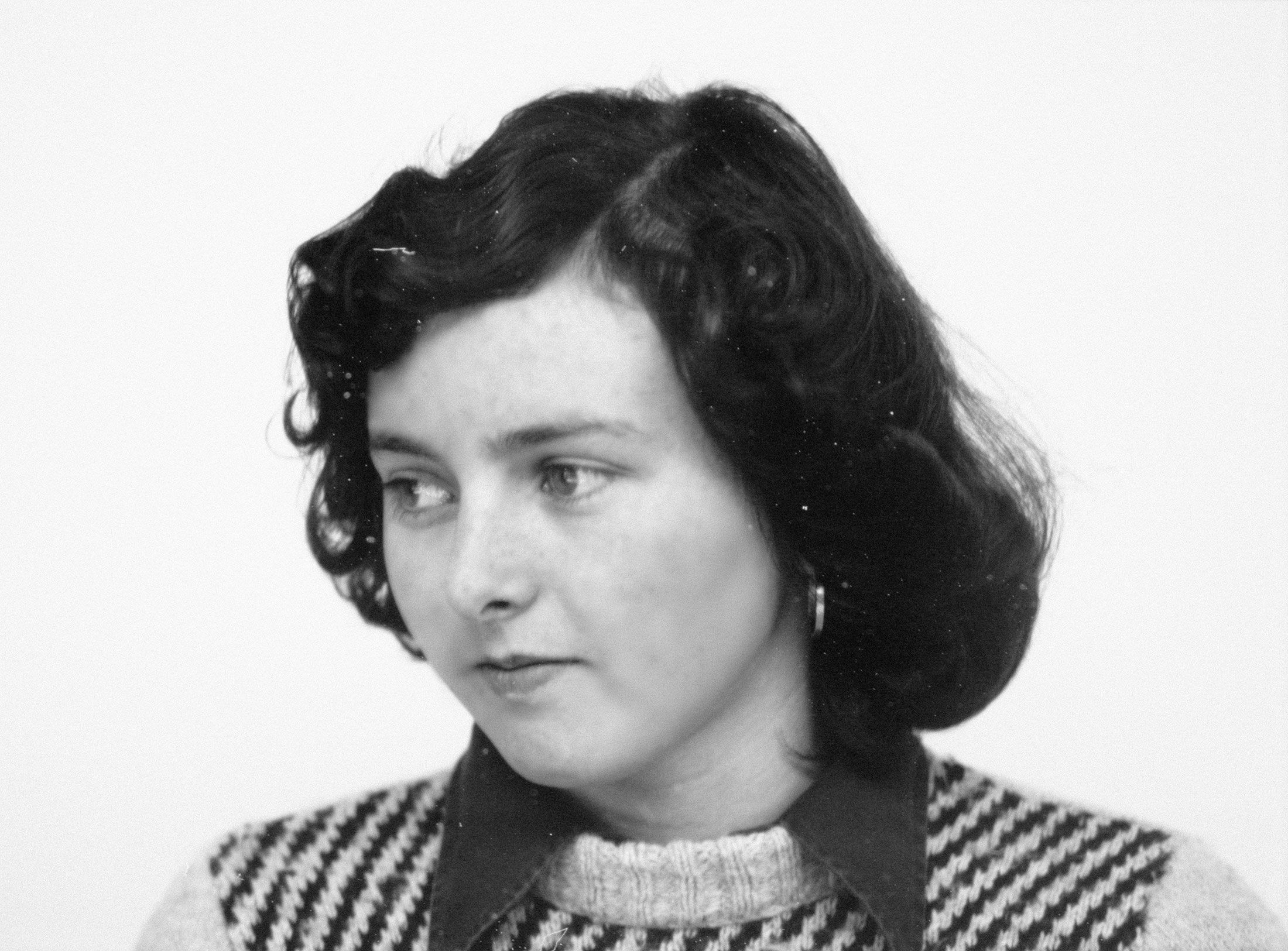
Drawing in Rotis: former Aicher co-worker Reinfriede Bettrich talks about hand sketches, the first computers and everyday life at the office.
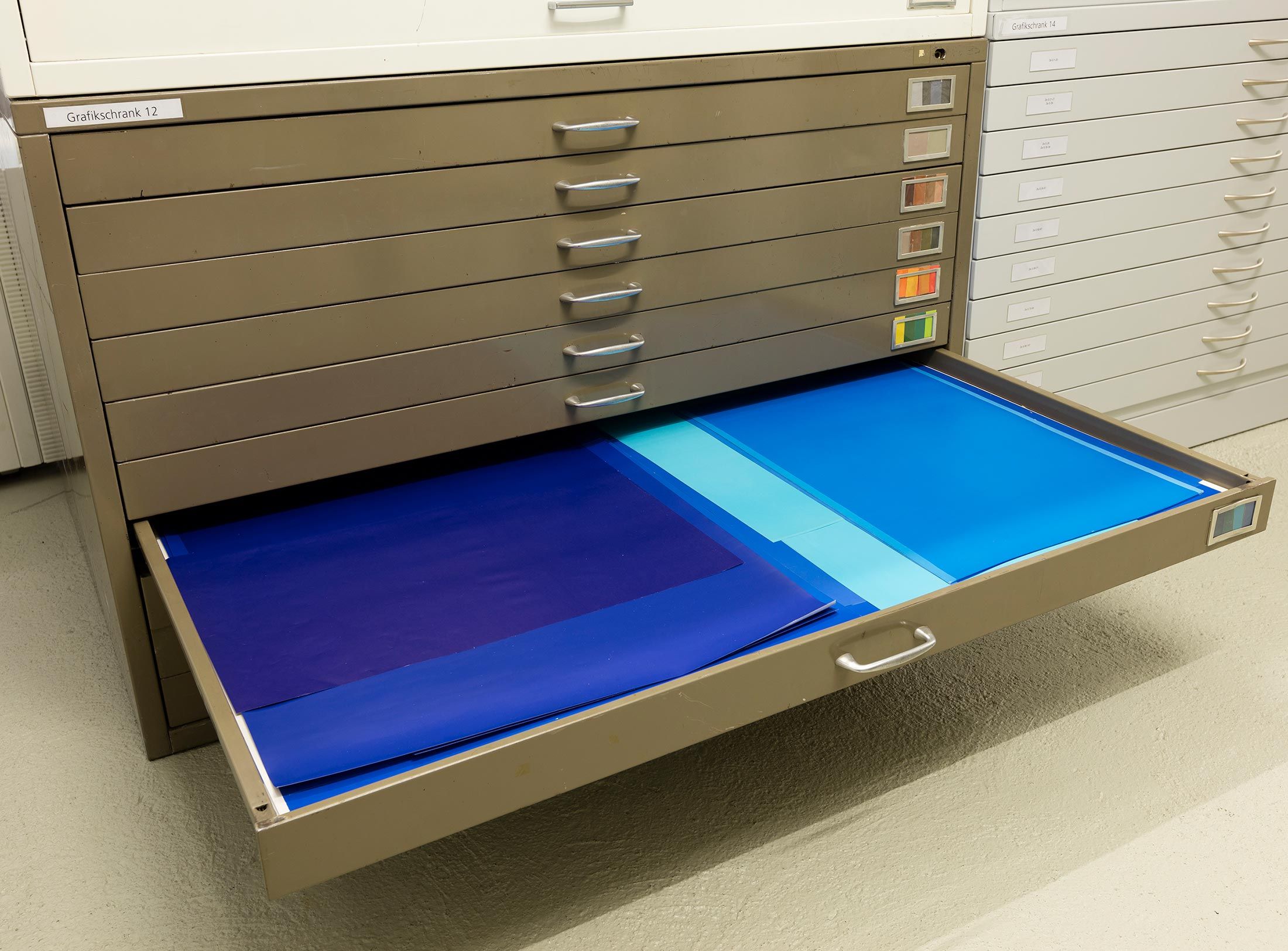
How Otl Aicher’s papers and materials came to the HfG-Archiv/Museum Ulm.
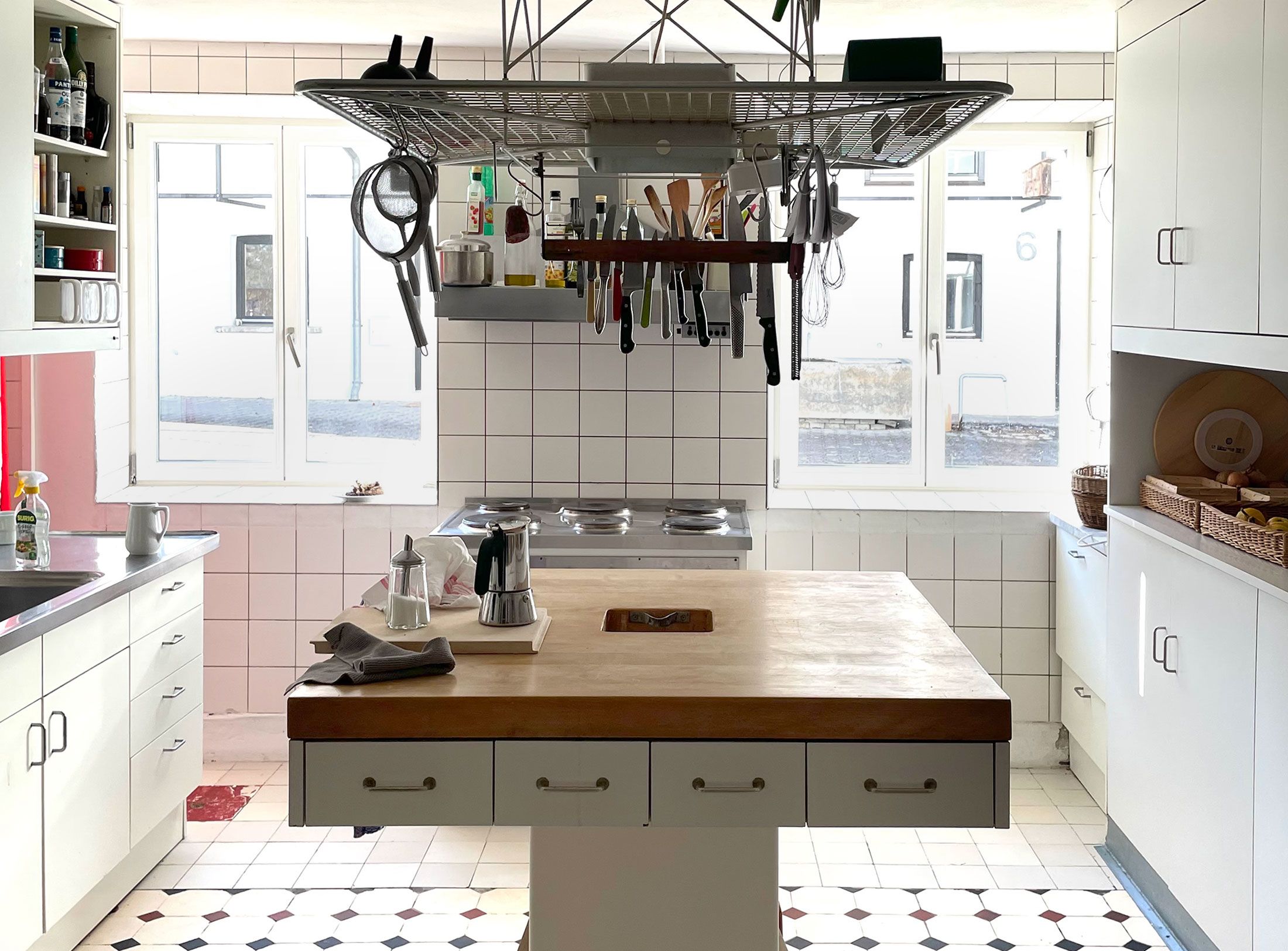
Die Küche zum Kochen (The Kitchen for Cooking) – the genesis of a book that has lost none of its relevance.
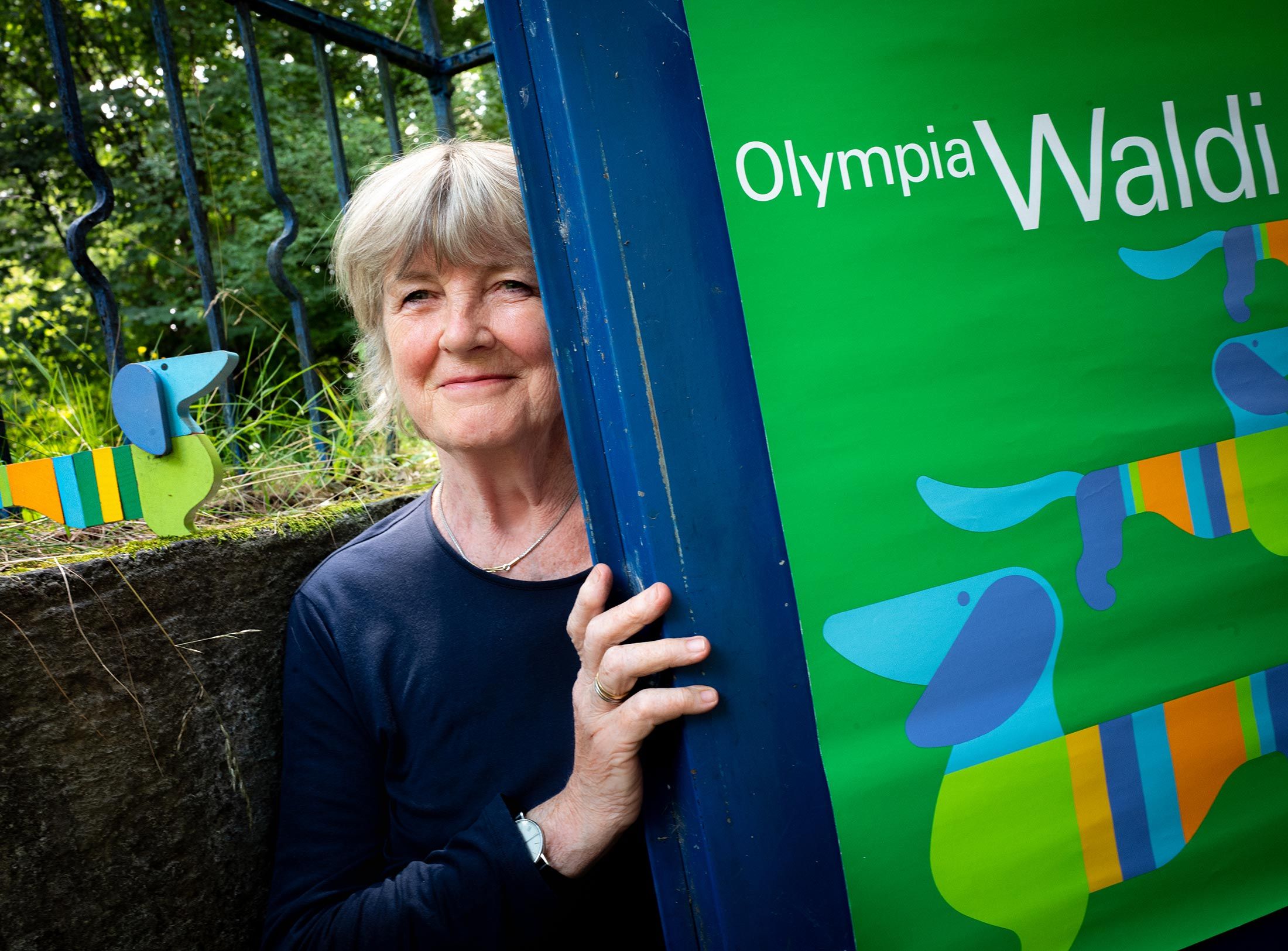
How a dachshund conquered the world: former Aicher staff member Elena Schwaiger on plush animals, fakes and the authentic mascot of the 1972 Olympic Games in Munich.
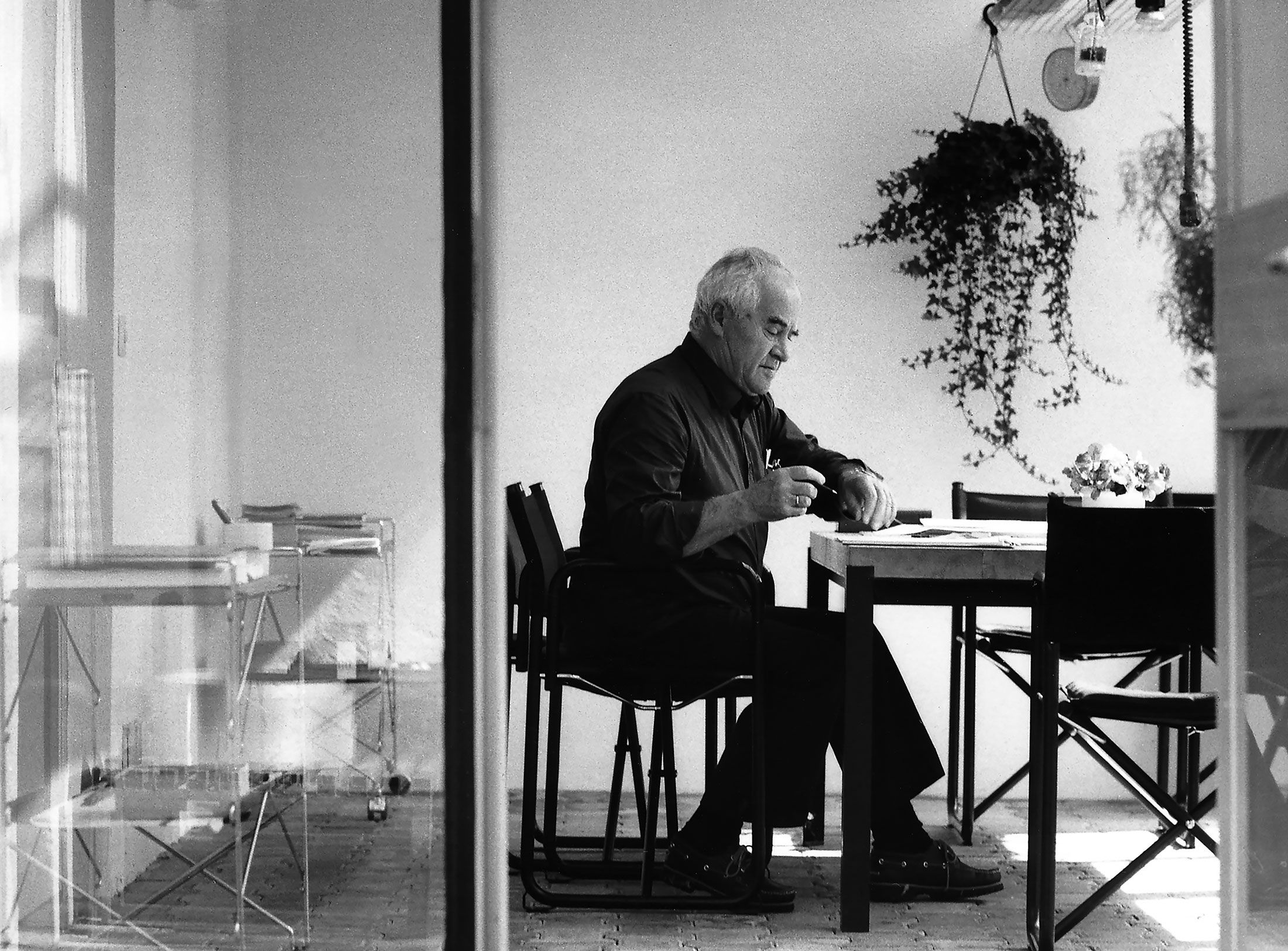
Le Violon d’Ingres or An Attempt to Defend the Writings of Otl Aicher.

Otl Aicher as the architect of Rotis.
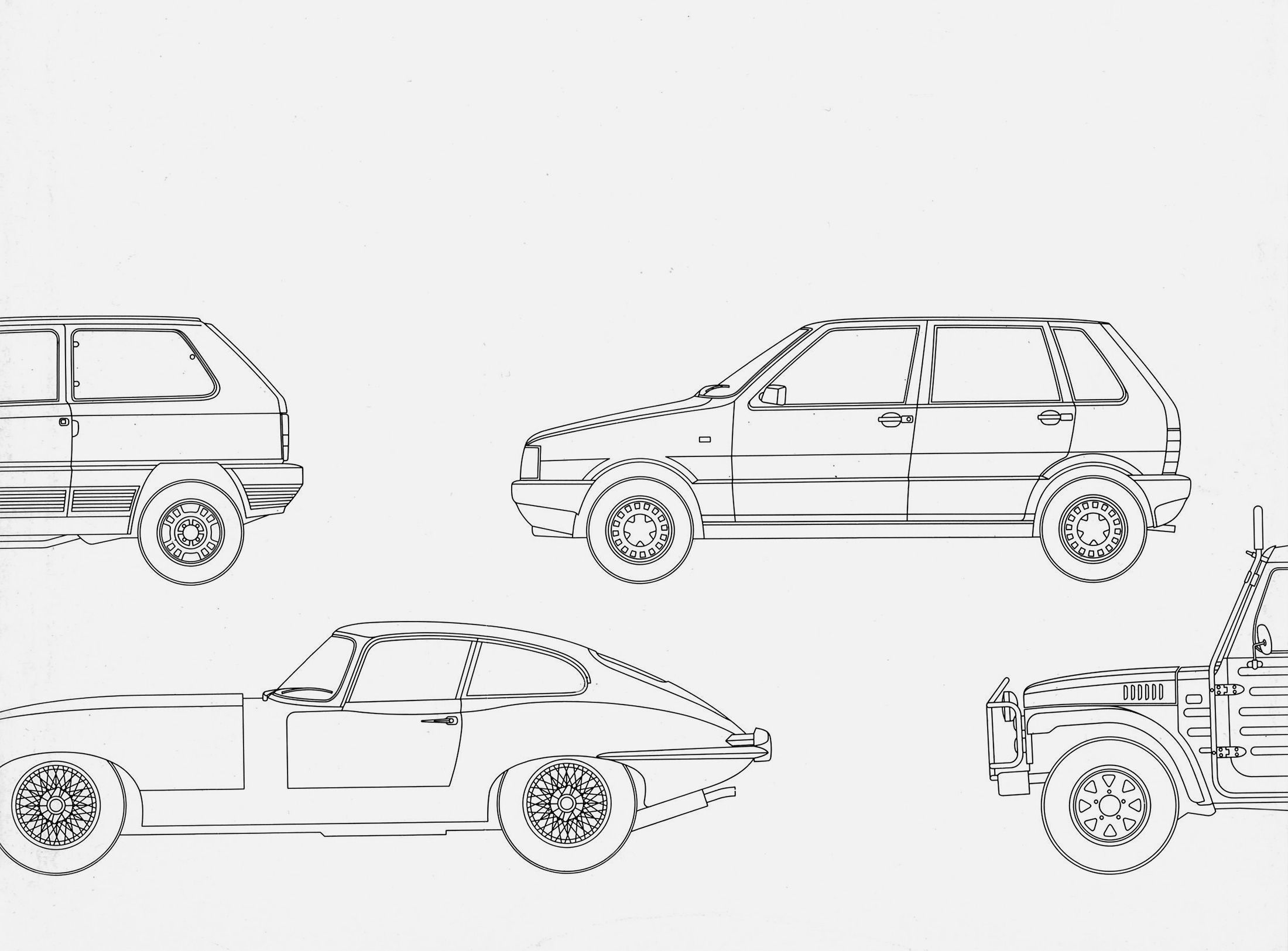
Otl Aicher and his critique of the automobile.
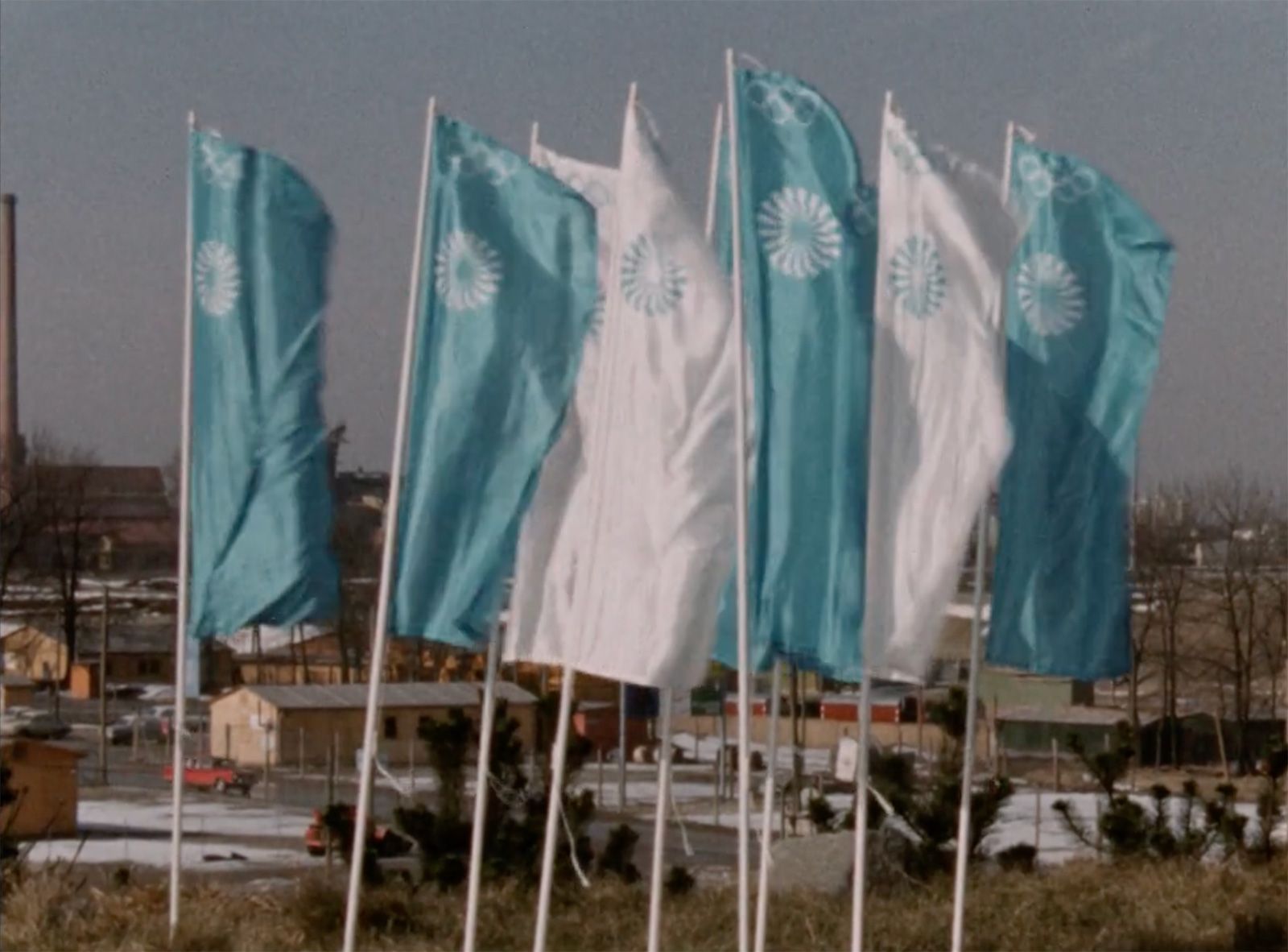
First broadcast: 15.02.1971 on Bayerischer Rundfunk, Munich (Only available in German).
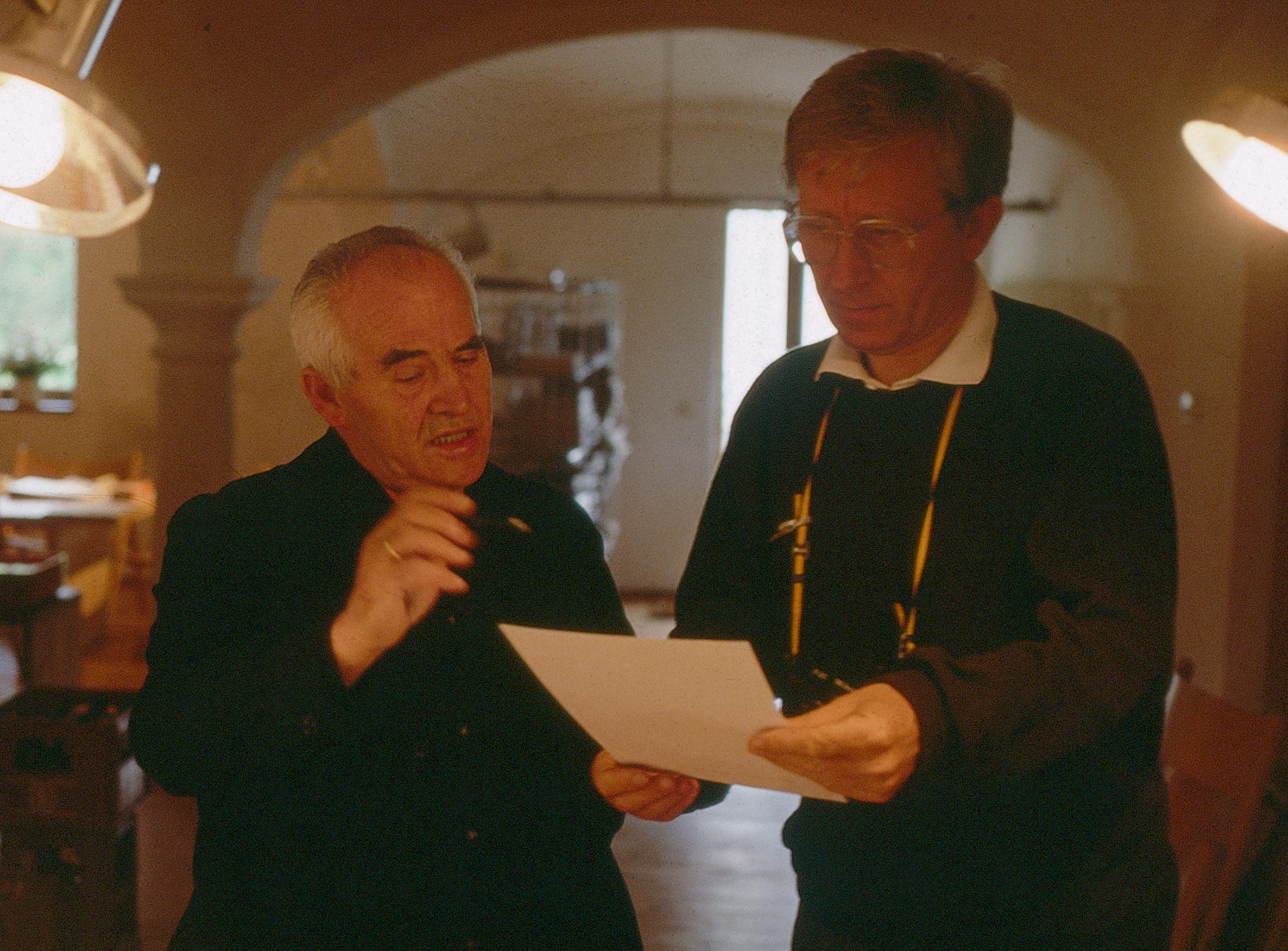
Interviewed: Jürgen Werner Braun on his collaboration with Otl Aicher.
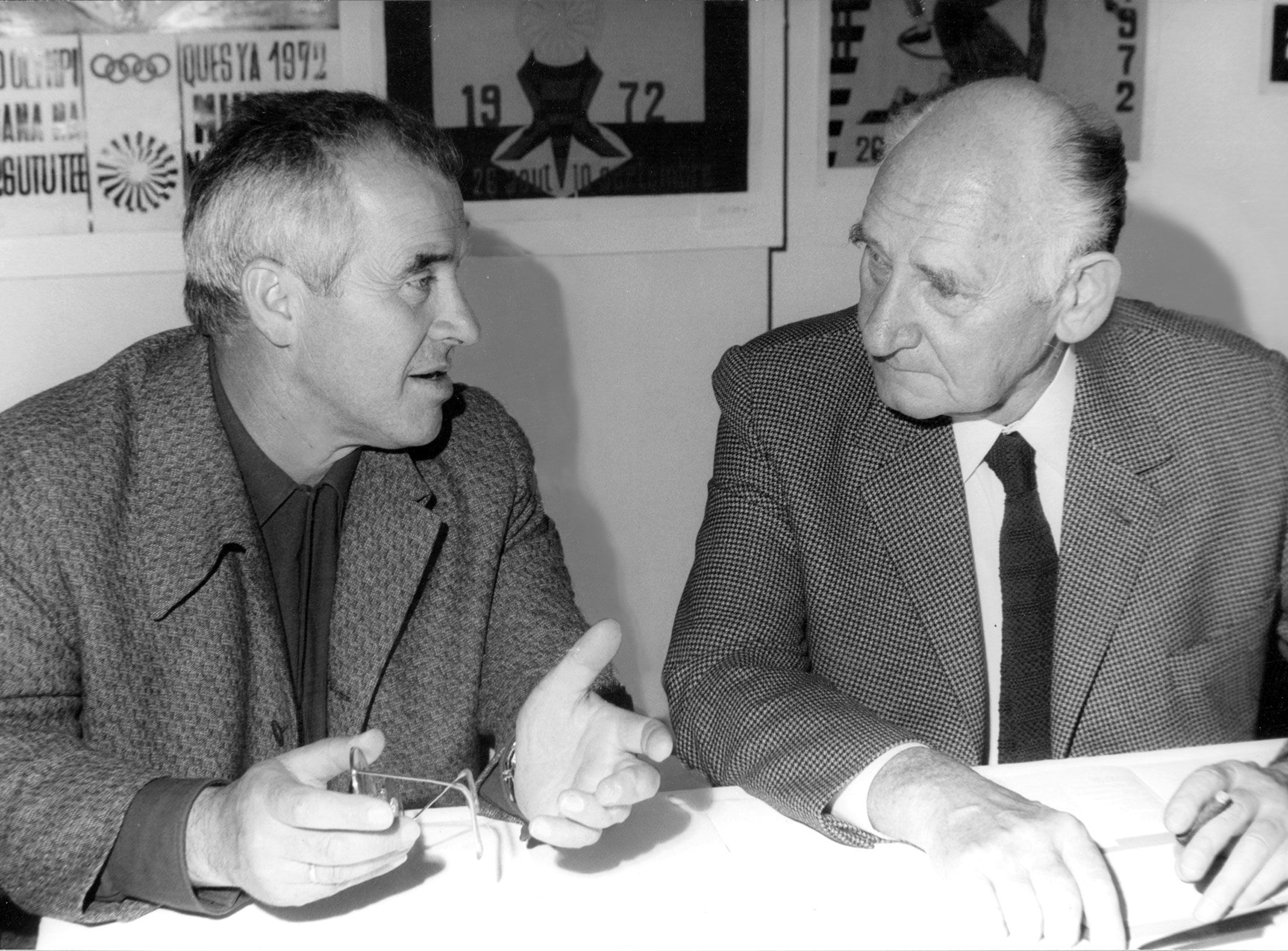
They created the signature of an epoch: designers Otl Aicher, Willy Fleckhaus, Anton Stankowski and Kurt Weidemann.

From 1965 to 1972, Otl Aicher and a large team created the visual design of the 20th Olympic Games in Munich. A total of 82 graphic designers, illustrators and technical staff worked on the sporting event’s corporate design in the course of this megaproject. Their plan: Germany, the Olympic host, was to present itself as a transformed, social-liberal and post-national republic – in cheerful colours and democratic forms.
The story of Otl Aicher’s Munich Games team begins with Czech-born Tomas Nittner, who, like a number of the designers that were to join Aicher, was a former HfG Ulm student who had studied under Aicher between 1961–64. On leaving the HfG he opened a small design office in Munich and in late 1965, at the age of 23, was approached by Aicher, then in his early 40s, with a view to the two of them collaborating on the Munich Games.
With Aicher continuing to run his Büro in Ulm and Nittner still based in Munich, they would meet up at weekends at the “Roter Hof”, Aicher’s woodland retreat near Landsberg about 60km west of Munich. They would spend their time, as Nittner recalls, “dreaming up ideas” – Aicher wanted to prepare his thoughts and strategy for a likely meeting with Olympic Organising Committee President Willi Daume – a meeting that would eventually take place at the HfG Ulm around spring 1966, a month or so before Munich would be awarded the Games. Florian Aicher, Otl Aicher’s son, recalls: “The Roter Hof was the summer cottage of our family since the beginning of the sixties. Friends of the family, colleagues, members of my father’s office etc. were often guests there. The meetings there were familial, there were games, laughter, wine… sometimes the Roter Hof was my father’s retreat, to be all alone.”
Photo: Bayerische Staatsbibliothek München/Bildarchiv/Karsten de Riese
Photo: Bayerische Staatsbibliothek München/Bildarchiv/Karsten de Riese
Photo: Bayerische Staatsbibliothek München/Bildarchiv/Karsten de Riese
The weekend gatherings of the “troop”, as Nittner would call them – Nittner, Aicher and Büro Aicher’s Alfred Kern – were more of an informal gathering than a legitimate studio. According to Nittner, “Aicher always tried to be the primus inter pares, first among equals, and not the grand boss.” On 7 October 1966, Aicher was officially appointed Commissioner of Visual Design and in early 1967 Aicher asked Nittner to find a studio in Munich.
Nittner found a space on the second floor of a new industrial building in Garching-Hochbrück just 12km north of Munich; an open-plan, large space which Aicher and Nittner partitioned with sheets of wood painted white, Aicher designing desks consisting of an untreated bare steel frame and a masonite top. At the start of April 1967 they moved in. Documents in the Ulm Archive show that Aicher’s team between April and June of that first year totalled eight people, including Aicher himself: designers Tomas Nittner, Alfred Kern and Rolf Müller, technical illustrators András Dózsa-Farkas, Wolfgang Hirschfeld and Gerhard Joksch, and secretary Susanne Osterried.
In July 1968, while at Garching, Aicher’s team were incorporated into the Organising Committee as Dept. XI and nine months later, in April 1969, after a stay of two years, were moved into the Organising Committee’s offices at Saarstrasse 7, within walking distance of the Olympiapark. They would remain until sometime after February 1972, when they would move to space within the Organising Committee’s offices in the Olympic Village. Here they stayed throughout the Games and beyond. With the move into Saarstrasse, Aicher and his staff lost any autonomy they felt they had: they were now working within the walls of the Committee’s offices and subject to the day-to-day scrutiny that brings.
Aicher’s team grew. It was eventually based around a core number of project leaders, some eight in all, each assigned their own area of responsibility. Rolf Müller, Aicher’s design deputy, was responsible for advertising and publications. Gerhard Joksch was responsible for sports pictograms and posters, Alfred Kern for information design, information pictograms and signage, Ian McLaren for the layout of the cultural programme, Hans Roericht for 3D and Olympic Village interiors, Elena Winschermann for the Games’ mascot, Waldi. Vera Simmert oversaw the apparel worn by all official employees in and around the sports venues, while Eberhard Stauss oversaw plans for city decoration. In addition to the eight were Holger Franke, who coordinated the efforts of the Dept. XI team in Kiel, the venue for the yachting events, and Karsten de Riese, an independent photographer and Dept. XI’s head of photographic image.
Dept. XI contained several skill sets – designers, photographers, technical draftsmen and illustrators, artworkers, photo-lab assistants, a studio manager and secretarial staff. The team collaborated with other teams who, on the face of it, appeared part of Dept. XI but technically speaking were not. Also, Hans (Nick) Roericht and colleagues, working on various stadium and equipmental projects, under the name, “Arbeitsgruppe Ausstattung” (Working Group Equipment). Although Roericht’s team of Erik Liebermann and Horst Fleischmann shared desk space with Dept. XI, Roericht did not, throughout the Games he worked from his own commercial studio spending just two days a week in Munich.
In addition, there was the Augsburg-based Ay and Breuer agency (Hermann Ay and Josef Breuer), who retained their agency autonomy. The agency partners were both former HfG Ulm students and produced much, if not all, of the Augsburg-related communications, promotional prospectuses and such, including some literature for the Augsburg-based Slalom Canoe events.
Dept. XI, including Schwaiger and Roericht’s teams, and those independently contracted, totalled 82 individuals over the course of the project. This number includes designers, those in design supporting roles, technical staff, studio manager Friedhelm Brebeck and about six secretarial staff, as well as those individuals working in Kiel and Augsburg.
The Dept. XI team was international in make-up and relatively young. As well as German citizens there were Algerian, British, Czechoslovakian, Dutch, French, Hungarian, Italian and Swiss-born nationals on the team. In 1970, the beginning of the two-year peak production period, Rolf Müller would have been 30 years of age with the age of the other team heads similar. Among the older members of the team were Walter Schwaiger (34), Friedhelm Brebeck (36), and Hans Roericht (38). In contrast, Vera Simmert (25) and Elena Winschermann (21) were considerably younger than the other team heads.
Photo: Bayerische Staatsbibliothek München/Bildarchiv/Karsten de Riese
Photo: Bayerische Staatsbibliothek München/Bildarchiv/Karsten de Riese
It’s true that Aicher turned to ex-HfG Ulm personnel to fill design roles but the number of Ulmites he collaborated with is perhaps not as high as is sometimes thought and reported. From those in a creative role, employed across the various manifestations of the team from 1965–73, only 12 were students from HfG Ulm, including photographer Karsten de Riese. Just seven ex-Ulm students worked full-time within the Dept. XI offices in Munich around the same period.
An insightful record of the Munich-based members of Dept. XI in 1970 is provided by the Aicher/Kern designed, black-and-white team poster. The photographic portraits taken by in-house photographer Gabrielle Pée are accompanied by a list of 25 names, many having joined in 1968–69. Interestingly, Walter Schwaiger and the other Munich-based production staff from Dept. I(P) are missing, presumably for the reason that Aicher refused to acknowledge them as part of Dept. XI. Friedhelm Brebeck is perhaps a more surprising omission; perhaps being in the non-creative role of studio manager he suffered the same fate as Dept. I(P). Kiel staff are also excluded. Between the time of the poster being produced and the end of 1970, three additional Dept. XI members joined to support the design of the sports posters: Henri Wirthner, György Nagy and photo-lab assistant Nanke Claassen. Known to join the team in 1971 were Ian McLaren, Gerhard Ade and Herbert Berger, as well as production recruits Sepp Klement and Heinrich op ten Noort. Following the Munich Games a number of the team took up posts at Aicher’s Rotis studio. Known to have done so are Barbara Adam, Andreas Fahrni, Petra Kahlenberg, Alfred Kern, Hans Roericht and Elena Winschermann.
Mark Holt is a designer and author. He was co-founder of design studio 8vo in London and typography journal Octavo. In 2020 he published the 536-page book Munich ’72. The Visual Output of Otl Aicher’s Dept. XI, which is available for order at markholtdesign.com
Translation: Alison Du Bovis
For the record here are the names of the 82 known individuals who supported Otl Aicher for some part or all of the project duration: Adam, Barbara; Ade, Gerhard; Ay, Hermann; Bartscht (Mr); Berger, Herbert; Bock-Schroeder, Peter; Bodarwé, Margarete; Brandl, Helene; Brebeck, Friedhelm; Brenner, Bernd R.; Breuer, Josef; Bühler, Gertraud; Burke, Michael; Cecil, Jennifer; Claassen, Nanke; Curs, Uwe; de Riese, Karsten; Dózsa-Farkas, András; Eckert, Eugen; Eggl, Kriemhilde; Fahrni, Andreas; Fleischmann, Horst; Franke, Holger; Fumasoli, Regula; Giehl, Merve; Gottschalk, Peter; Gromann, Dieter; Gwosdz, Karl; Halbauer, Inge, Hayward, Alan; Heimerl, Barbara; Hinderer, Ralph; Hirschfeld, Wolfgang; Hoffmann, Jürgen; Hornberger, Georg; Jacob, Heiner; Joksch, Gerhard; Kahlenberg, Petra; Karrer (Miss); Kern, Alfred; Klement, Sepp; Laumans, Sylvie; Lichtenberg, Heinz; Liebermann, Erik; McLaren, Ian; Moshus, Petter Trond, Müller, Rolf; Nagy, György; Nittner, Tomas; op ten Noort, Heinrich; Osterkamp, Ingo; Osterried, Susanne; Pée, Gabriele; Preiss, Anne; Reichelt, Holger; Riegler, Hermann; Roericht, Hans (Nick); Sandmann, Jörg; Schauer, Josef; Schillbach, Thomas; Schüler, Sigrid; Schwaiger, Walter; Sckeyde, Barbara; Sedlacek, Renate; Simmert, Vera; Simon, Paul; Singer, Herbert; Sopar, Christine; Stauss, Eberhard; Stock, Holger; Strohkendl, Martin; Walderdorff, Heinrich; Wasmer, Thomas; Welter, Udo; Willikens, Birgitt; Winschermann, Elena; Winter, Josef; Wirthner, Henri; Woelk (Miss); Wondra, Heinz; Wördehoff, Marga; Zinsinger. B (Miss).

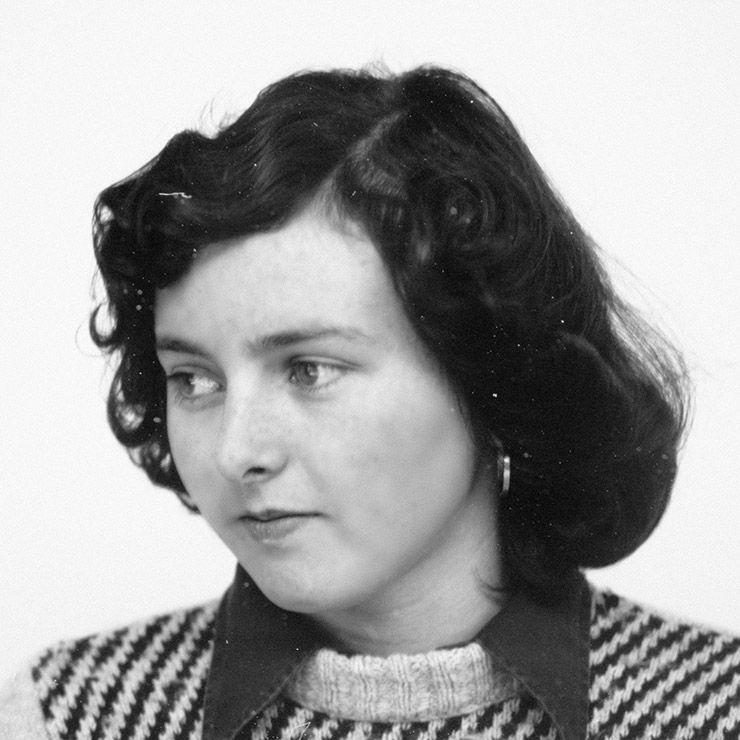
Drawing in Rotis: former Aicher co-worker Reinfriede Bettrich talks about hand sketches, the first computers and everyday life at the office.

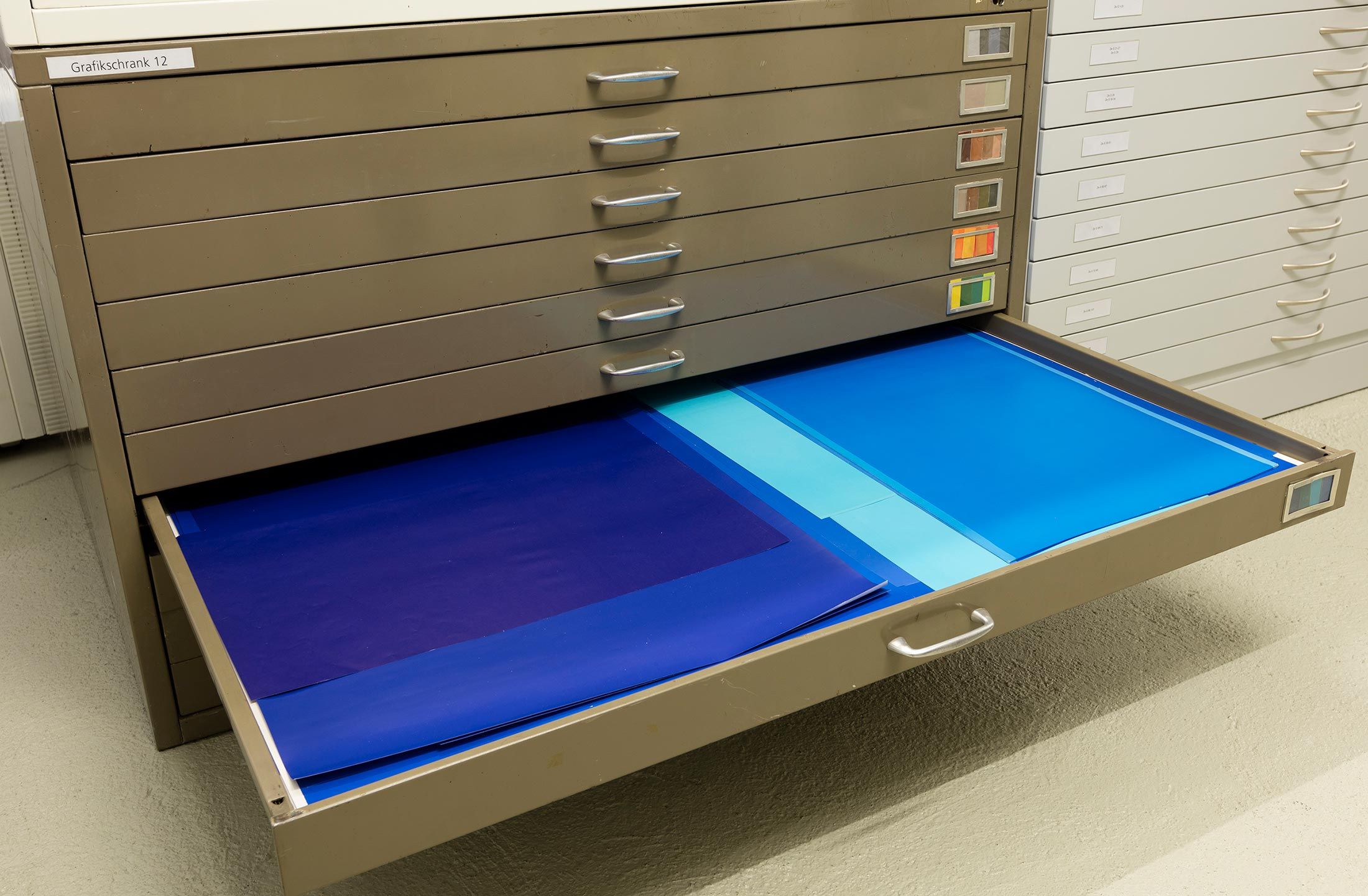
How Otl Aicher’s papers and materials came to the HfG-Archiv/Museum Ulm.

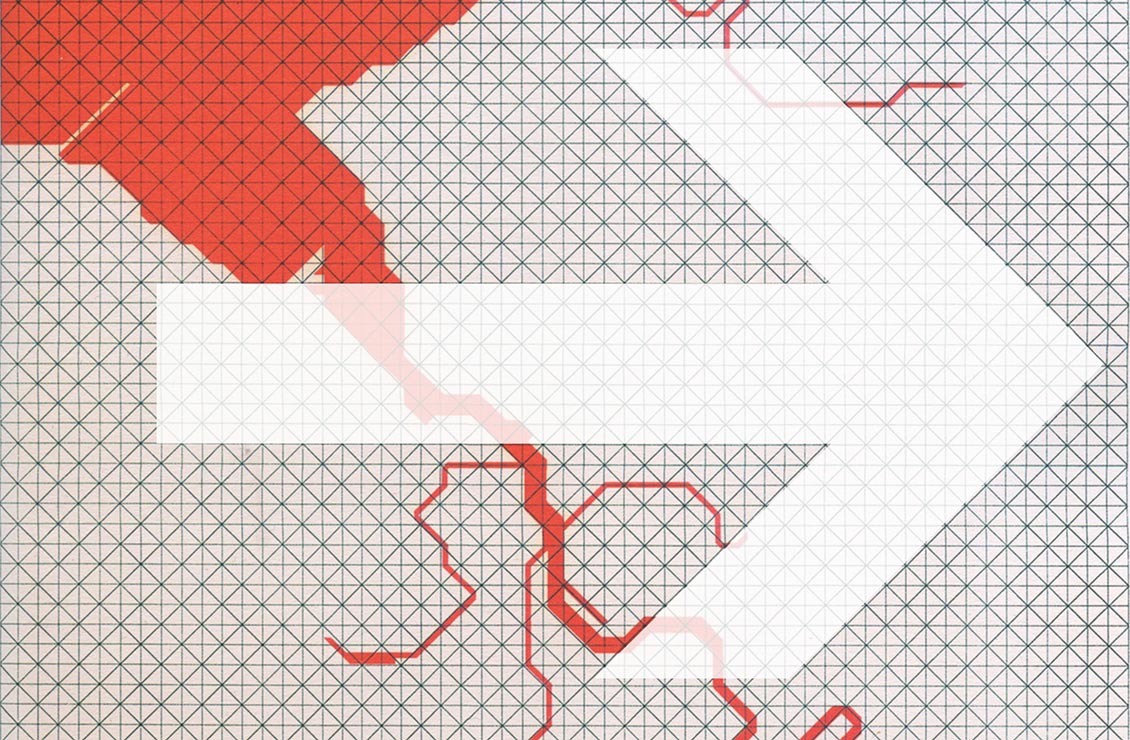
Otl Aicher’s signage systems for airports, metro stations and hospitals are considered exemplary to this day.